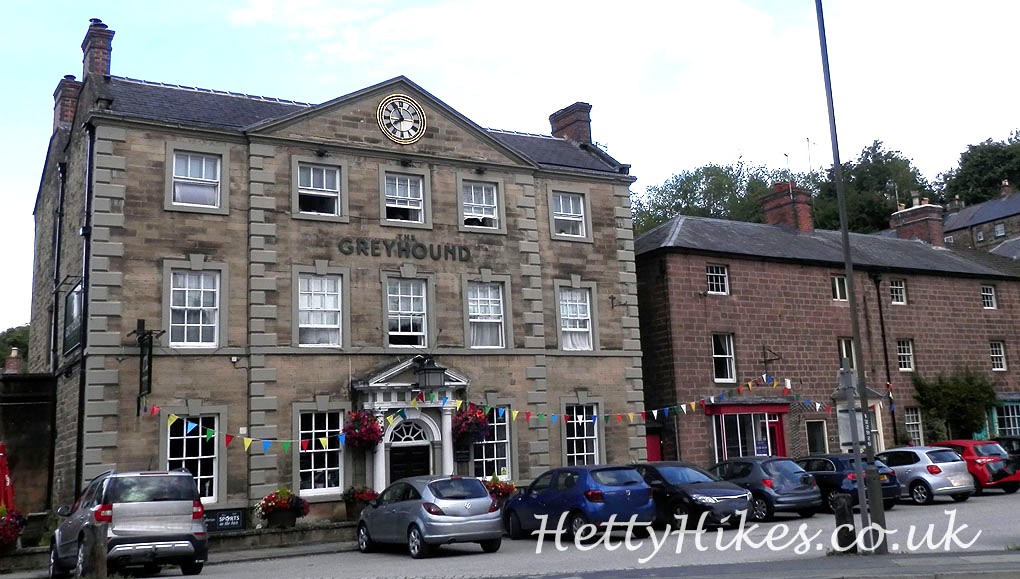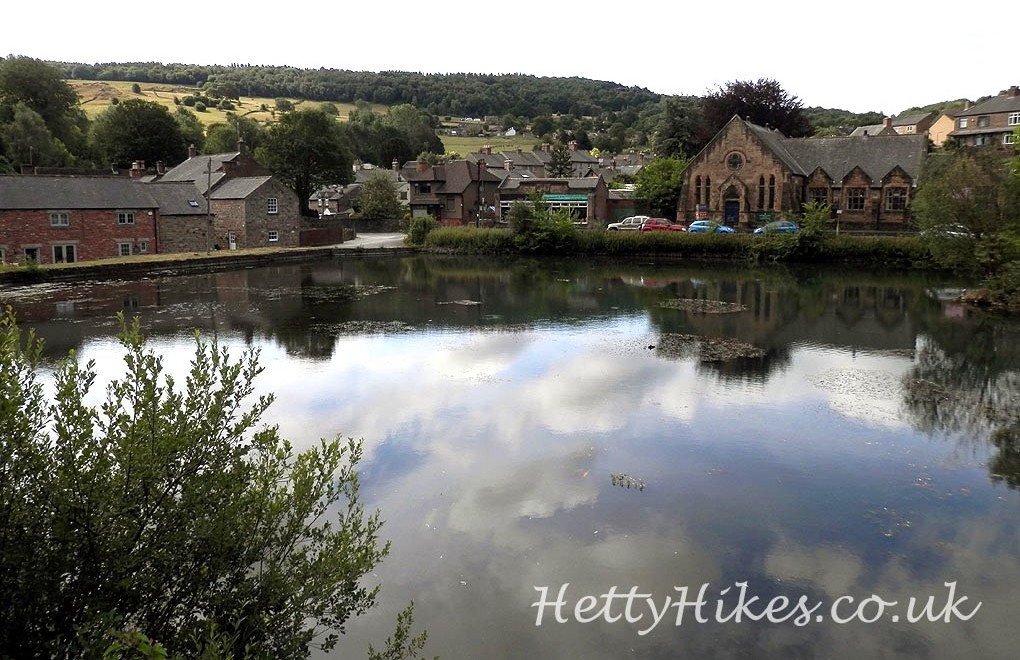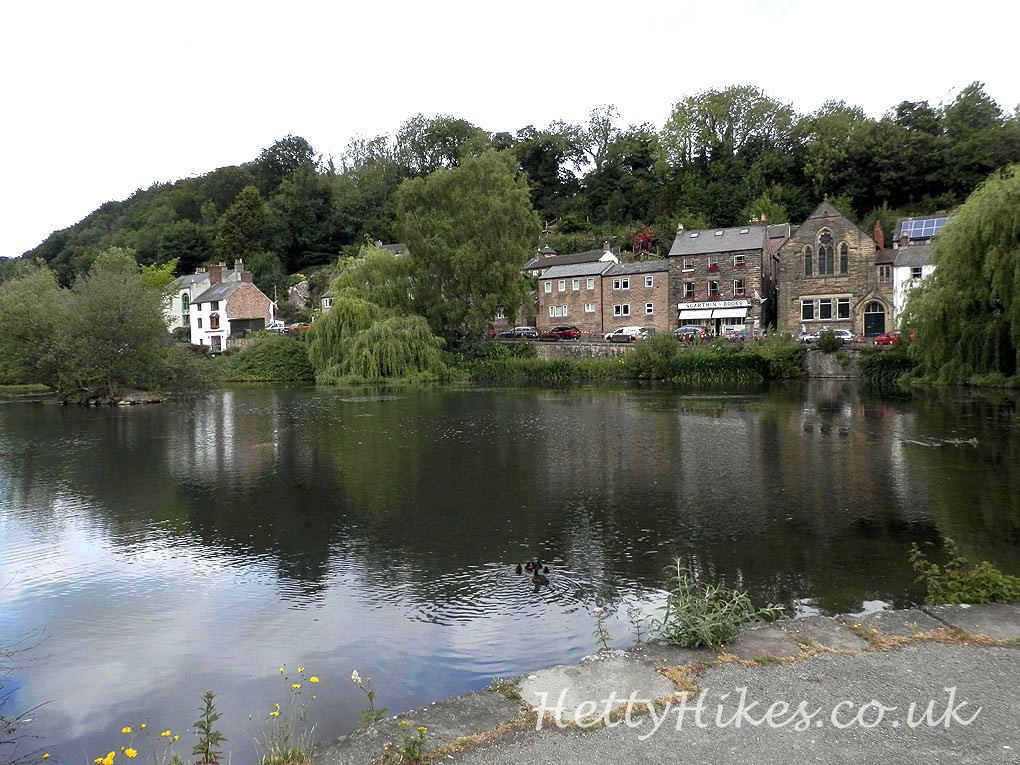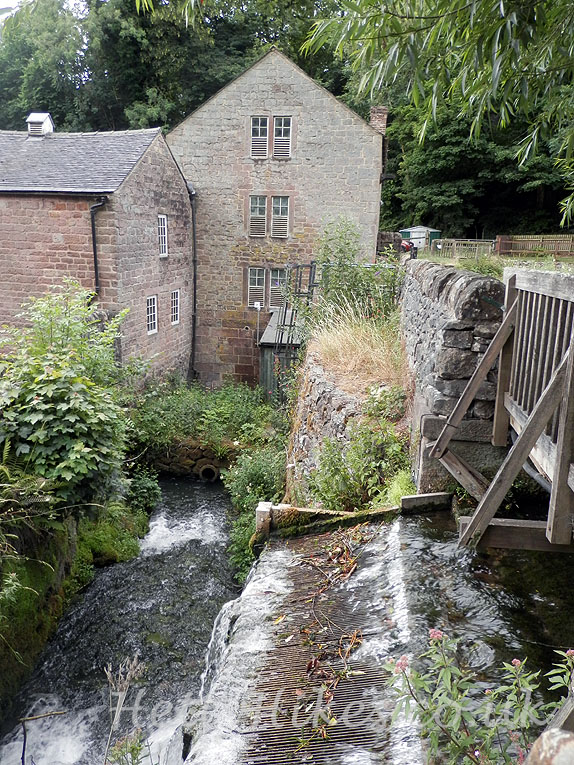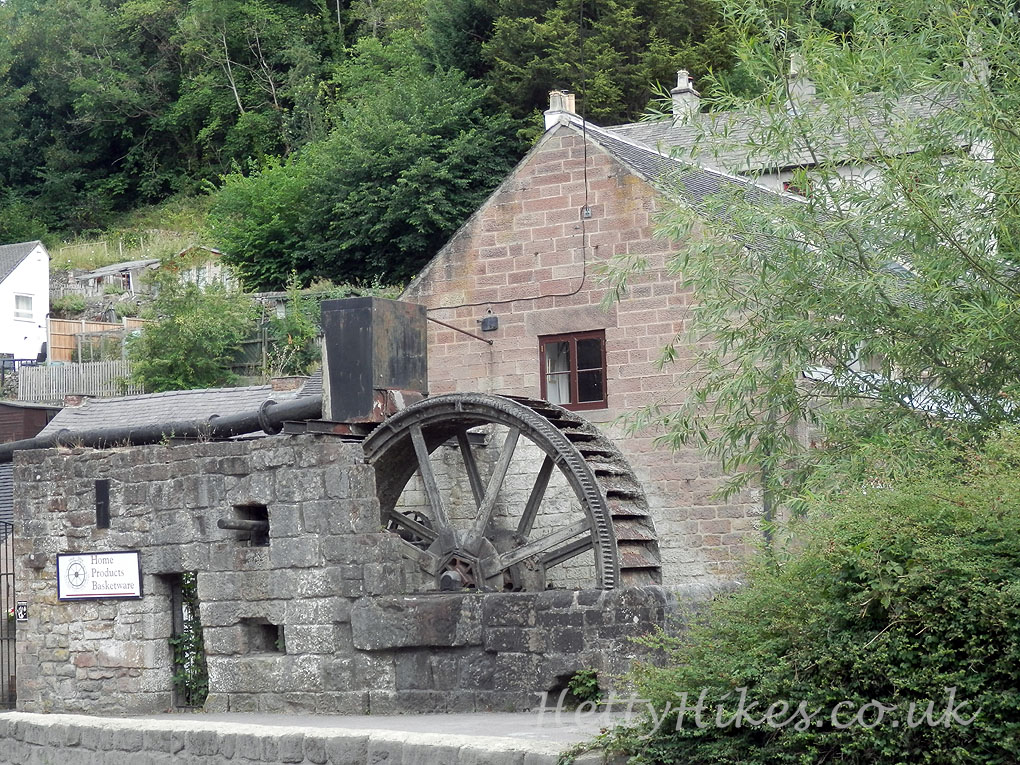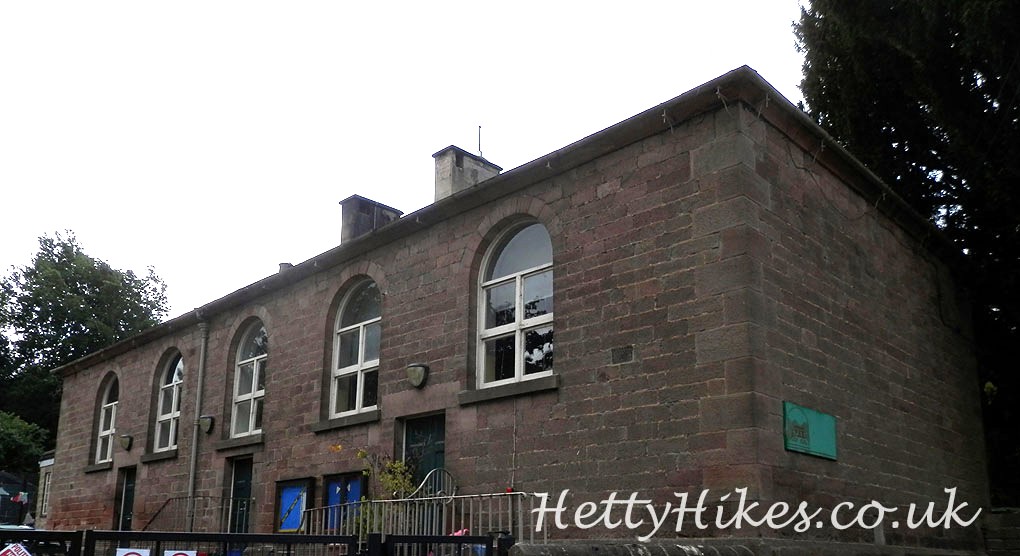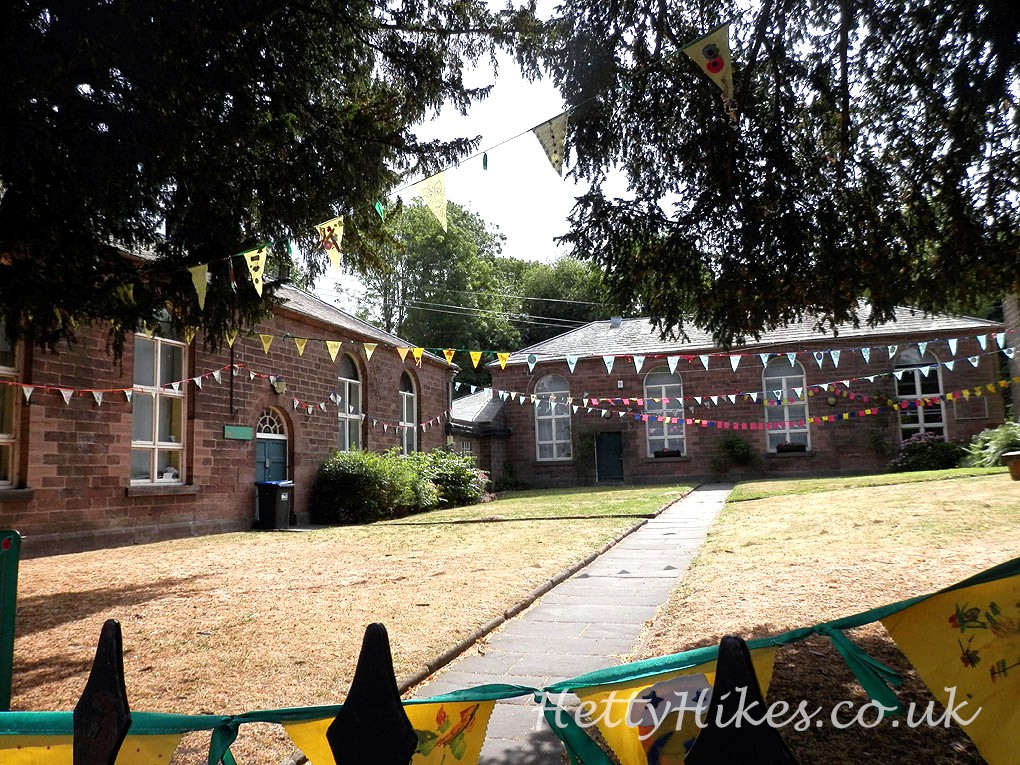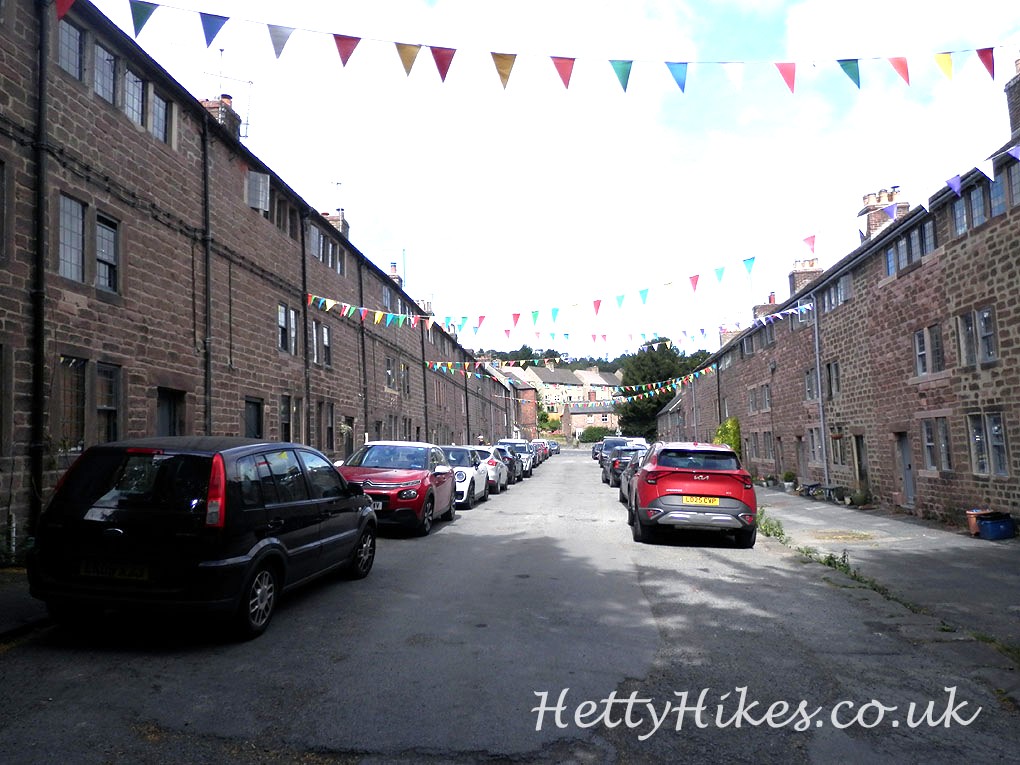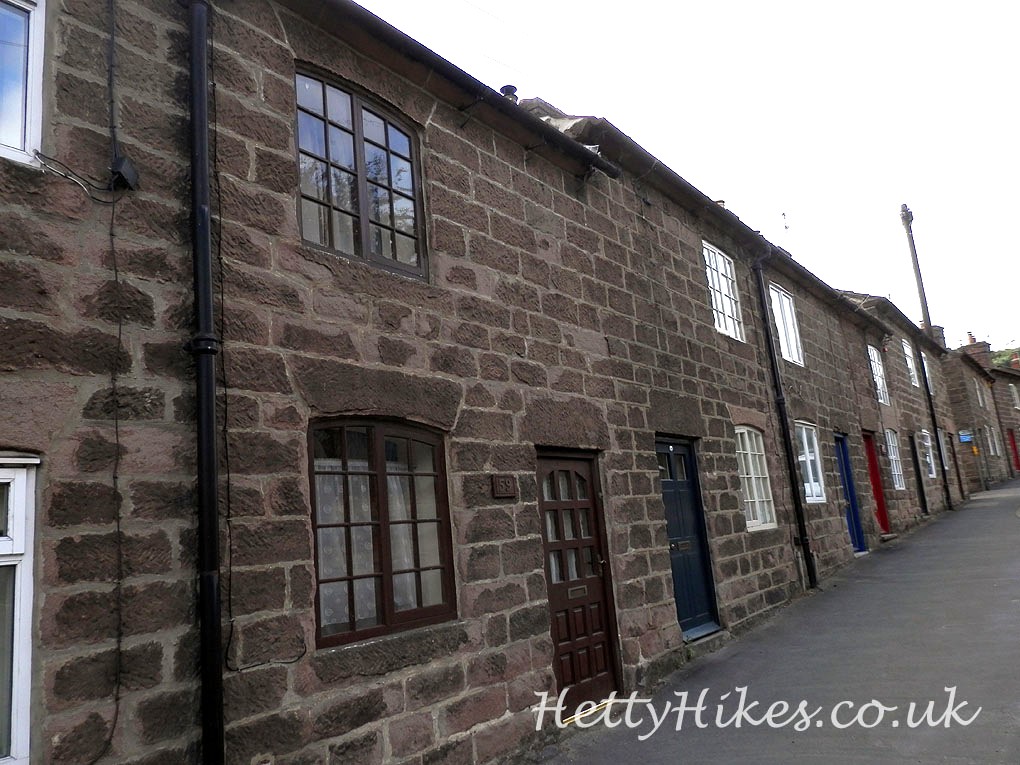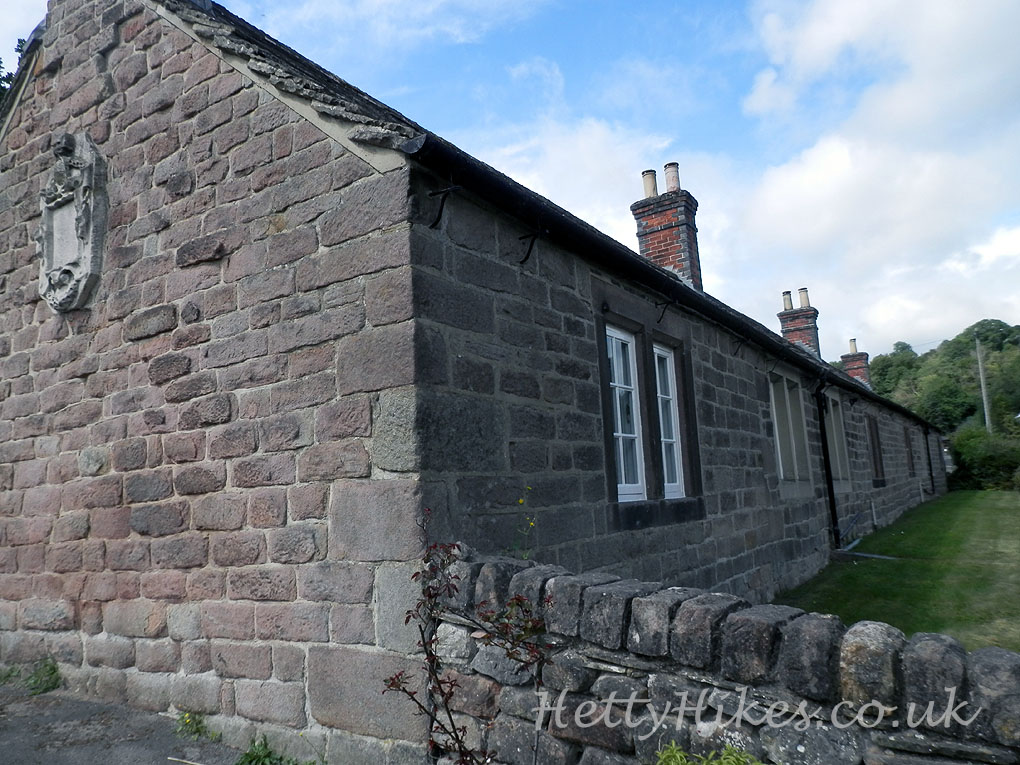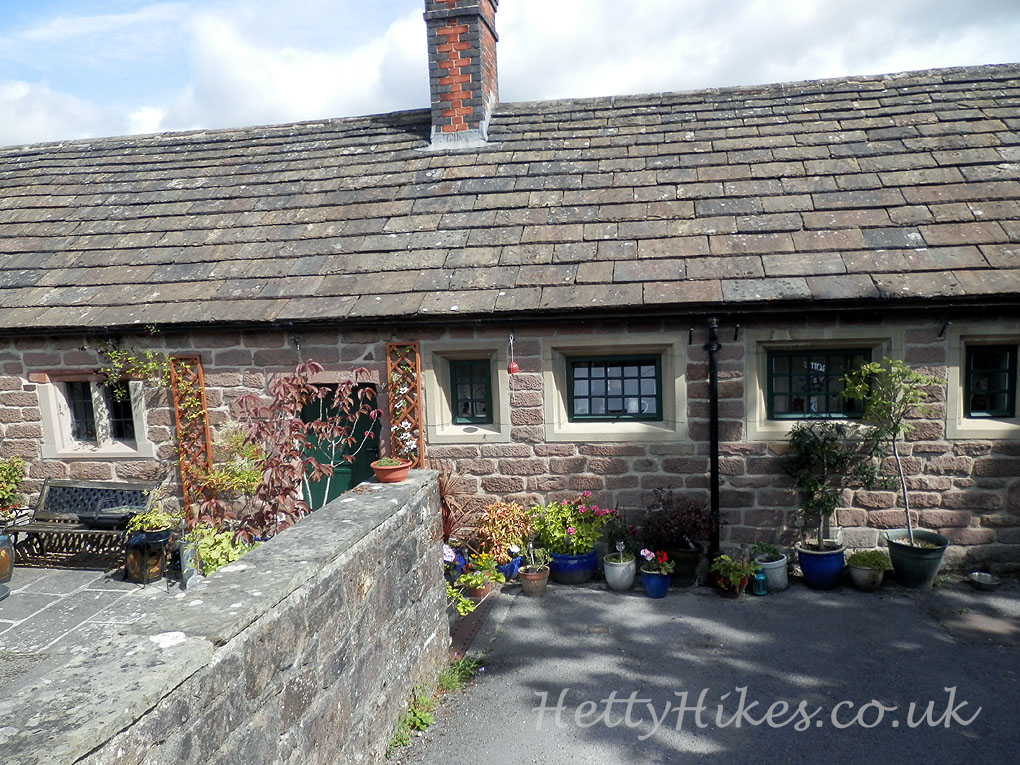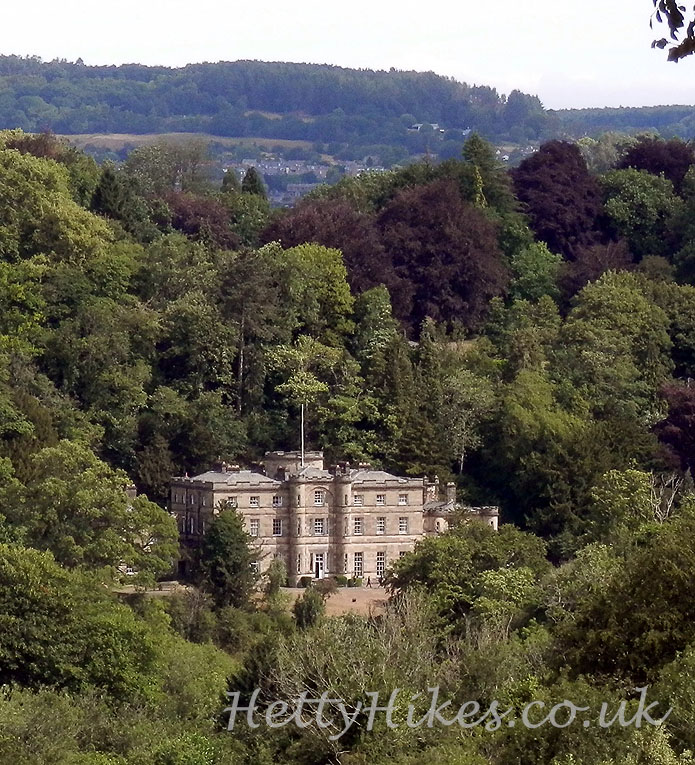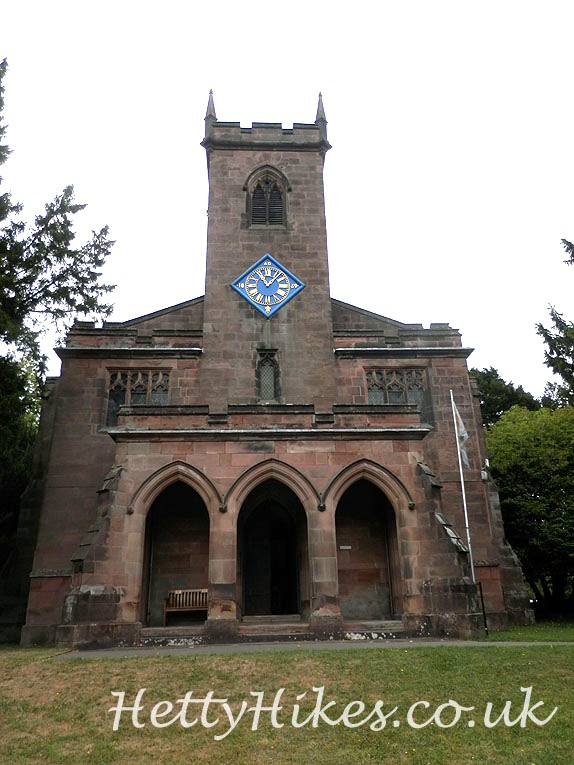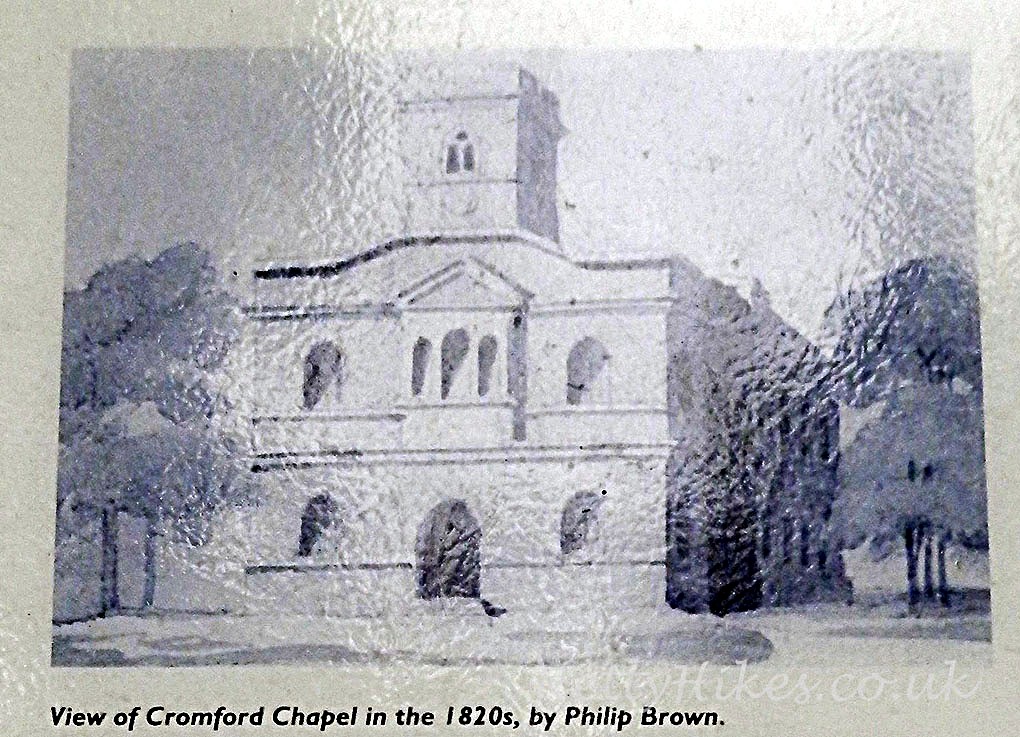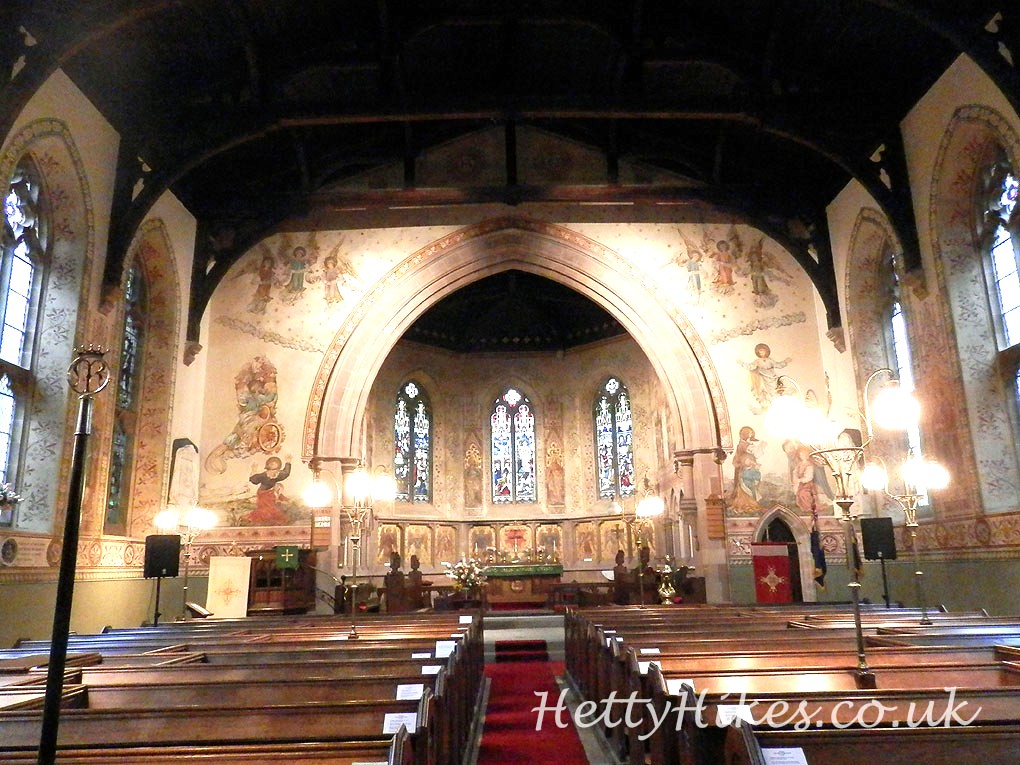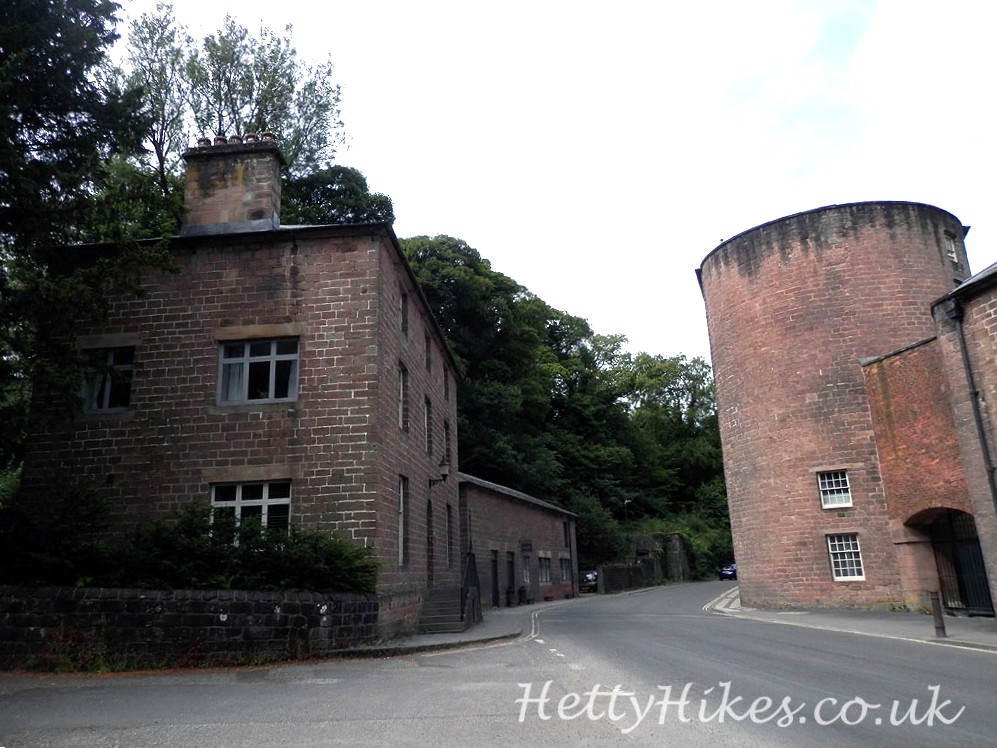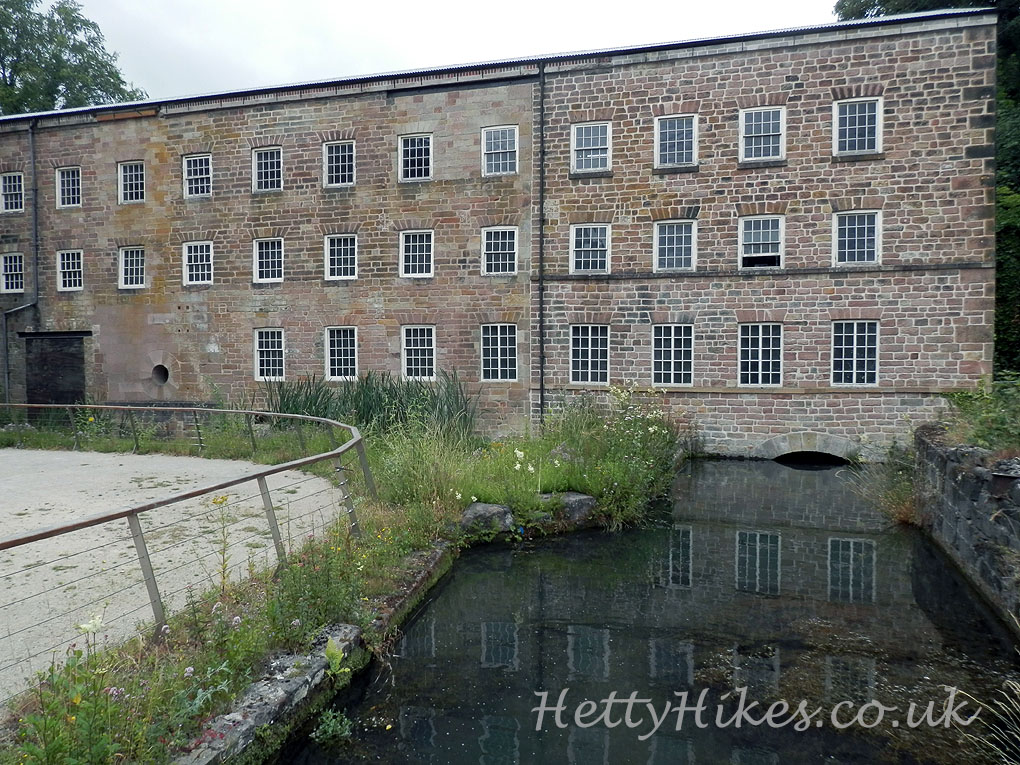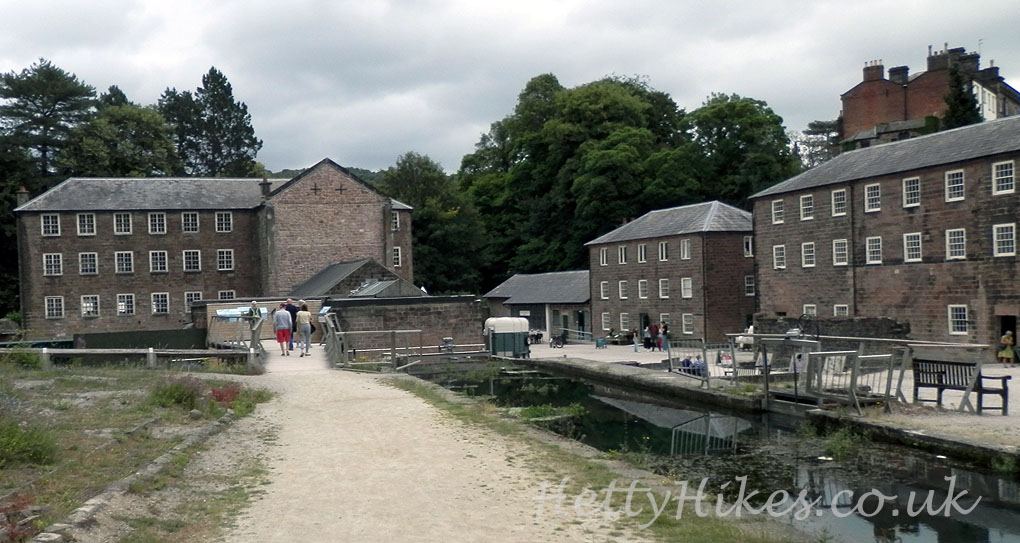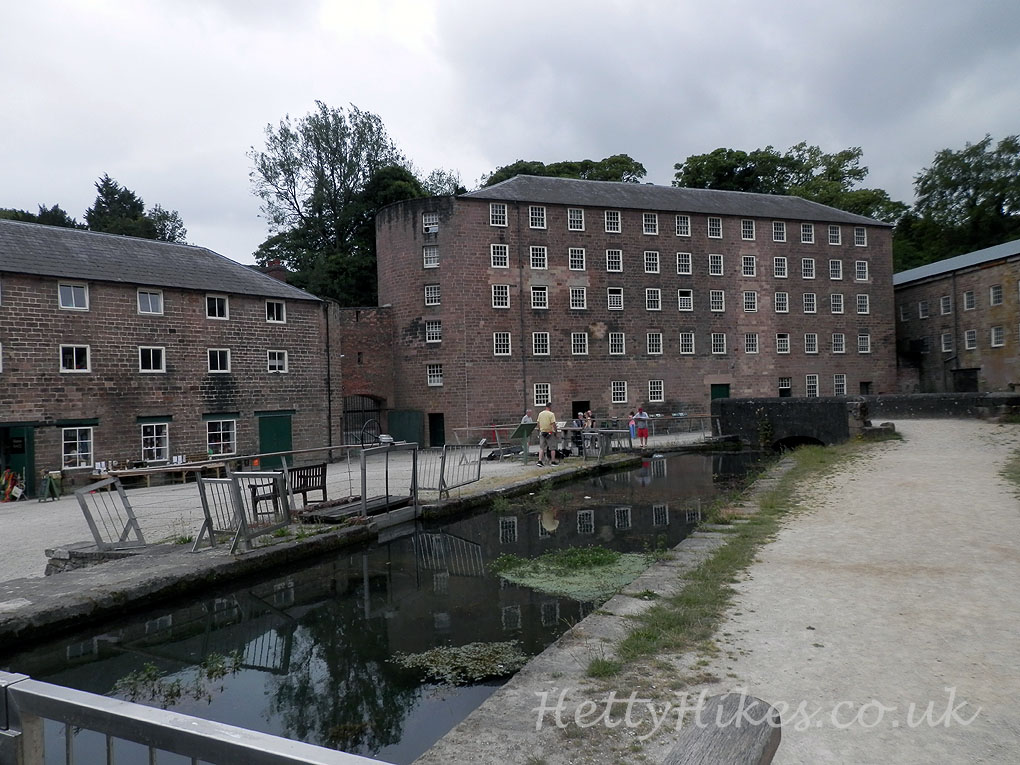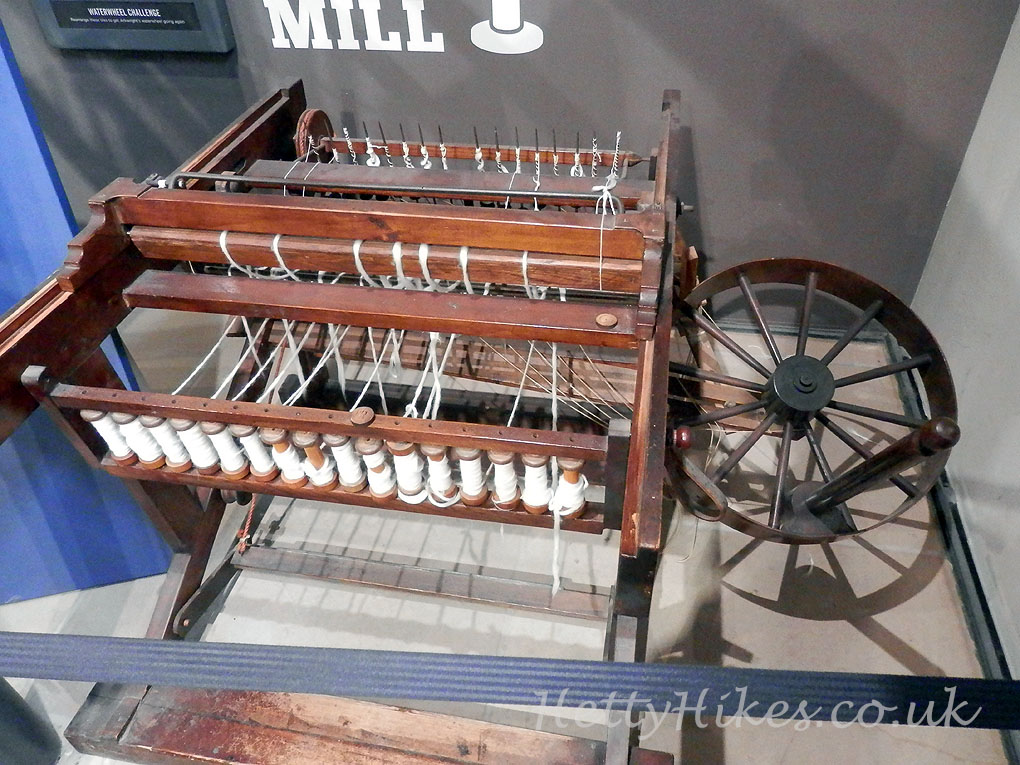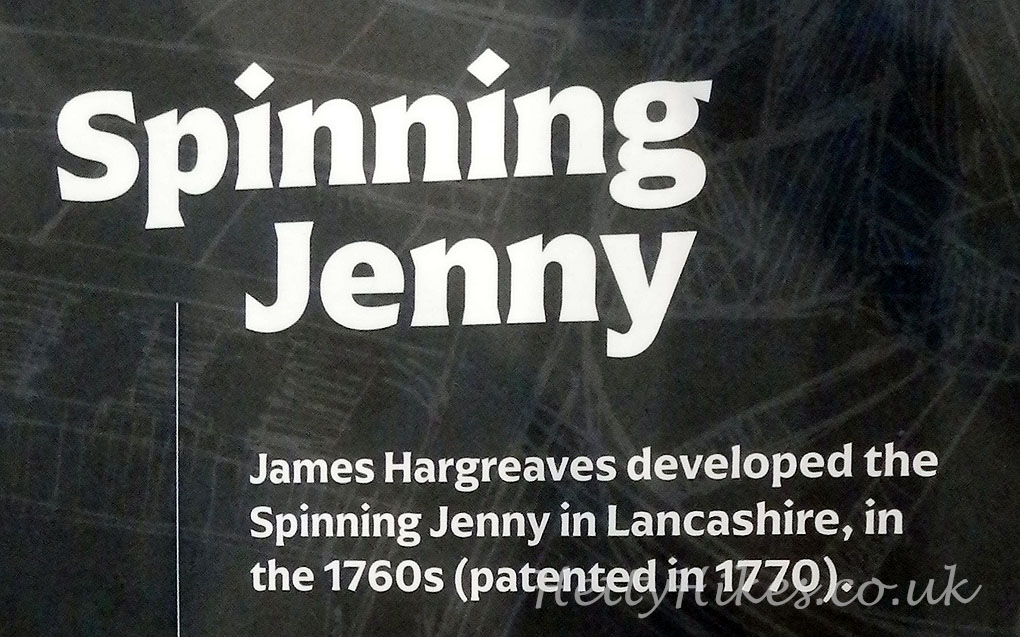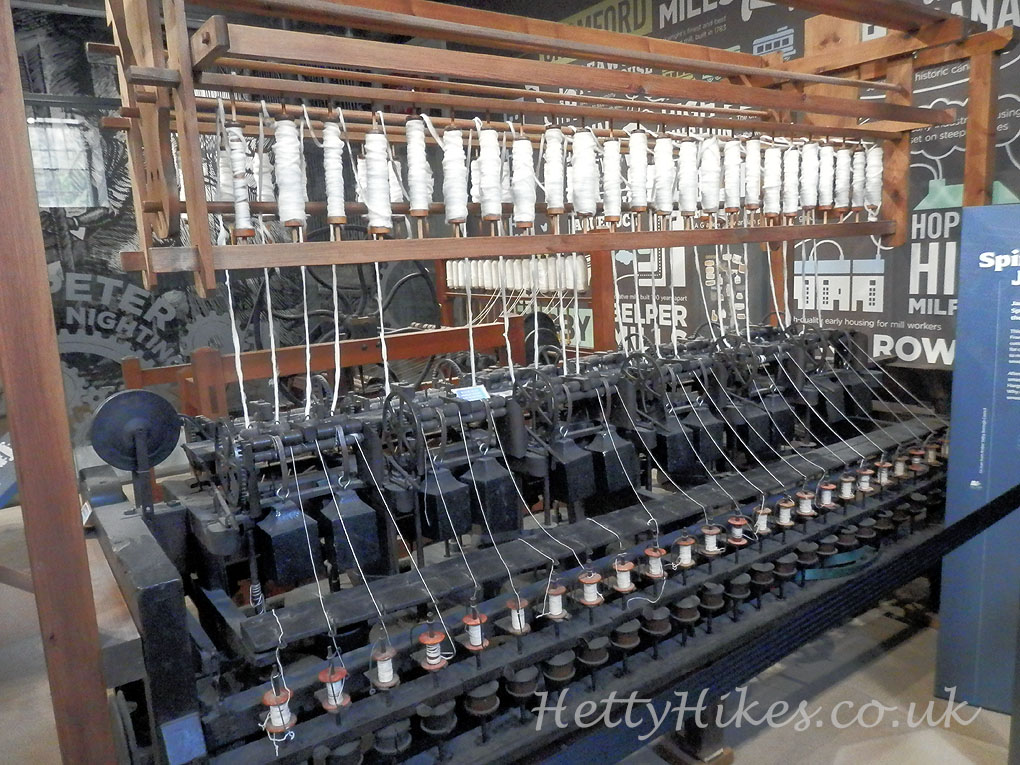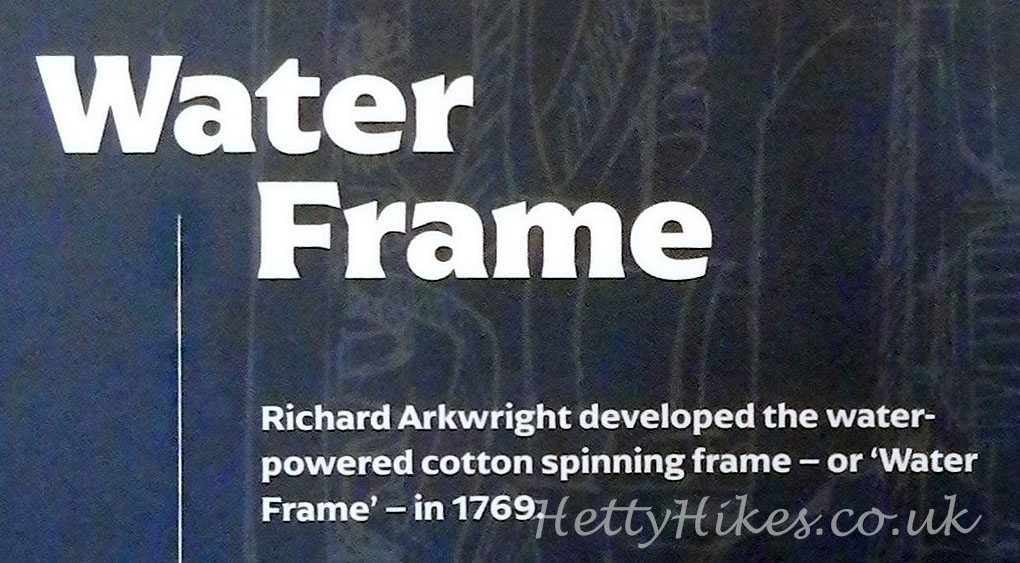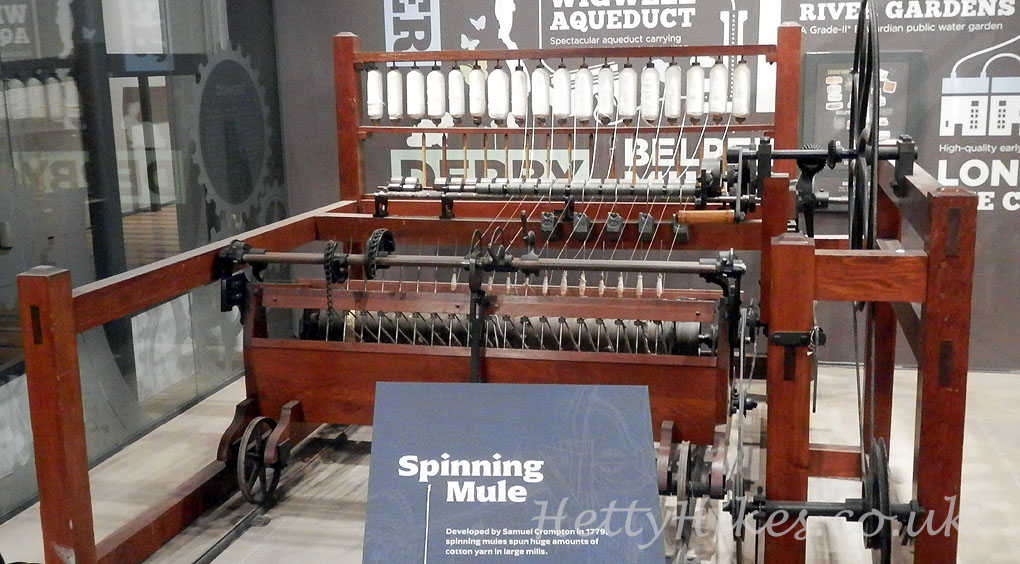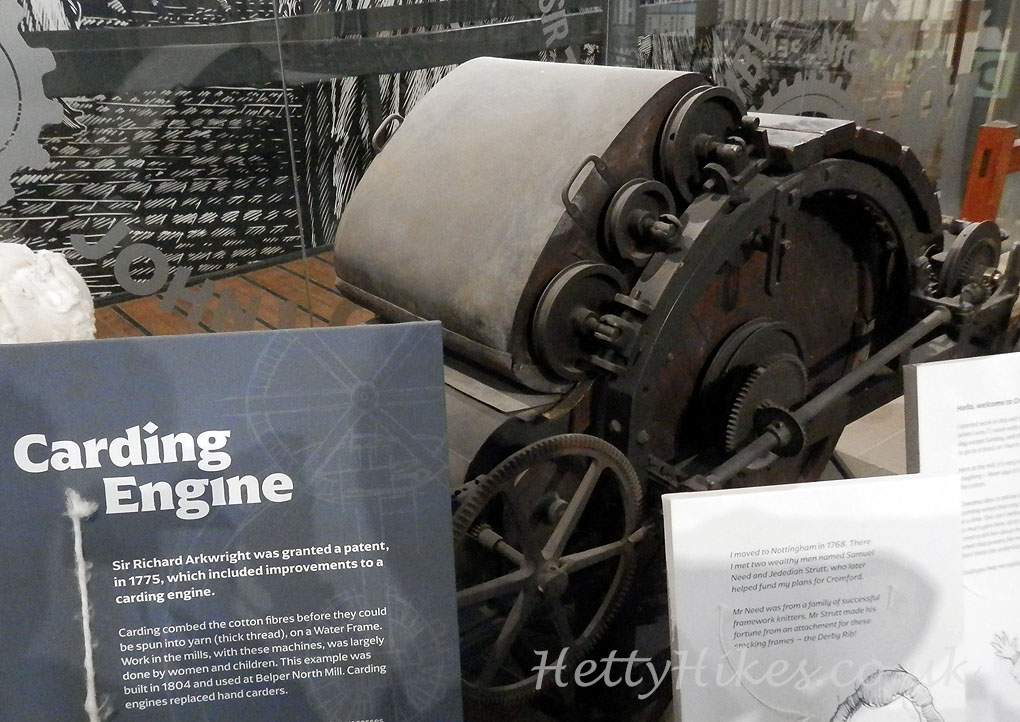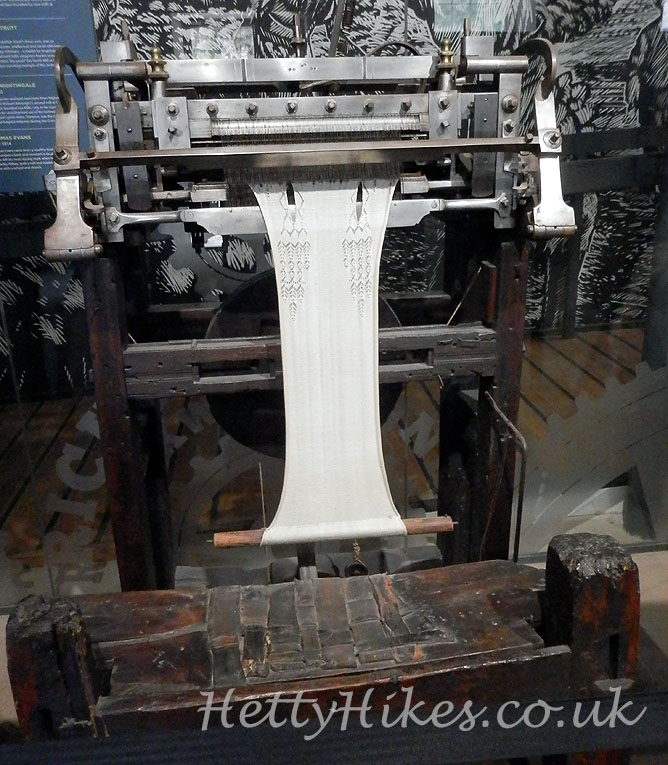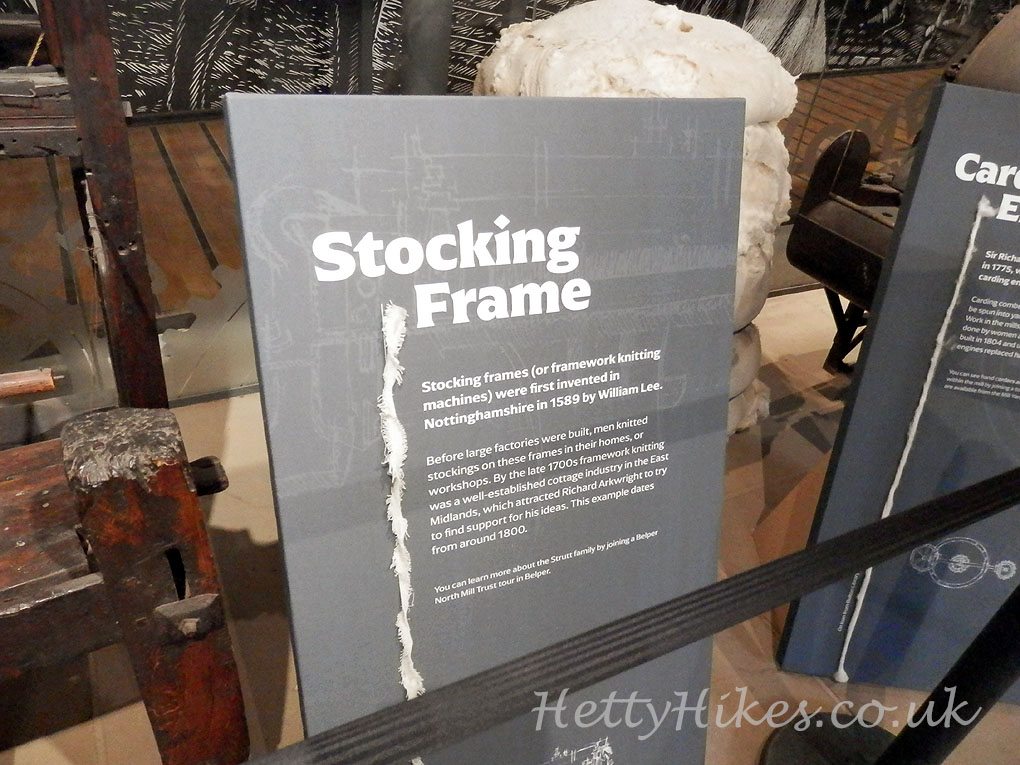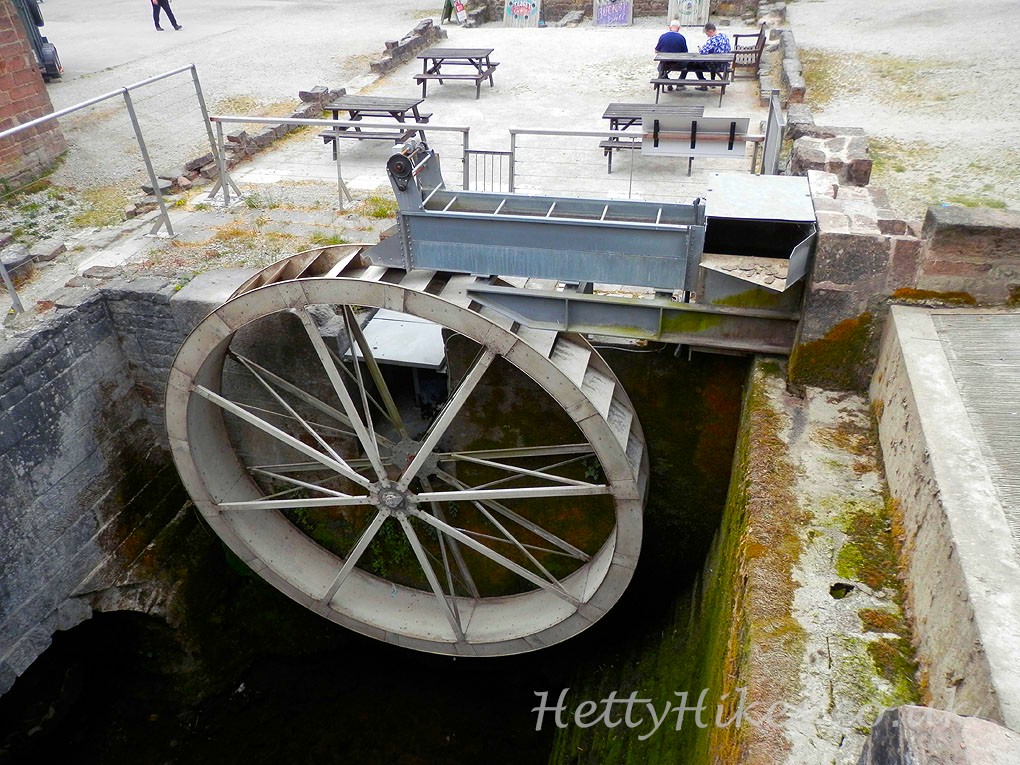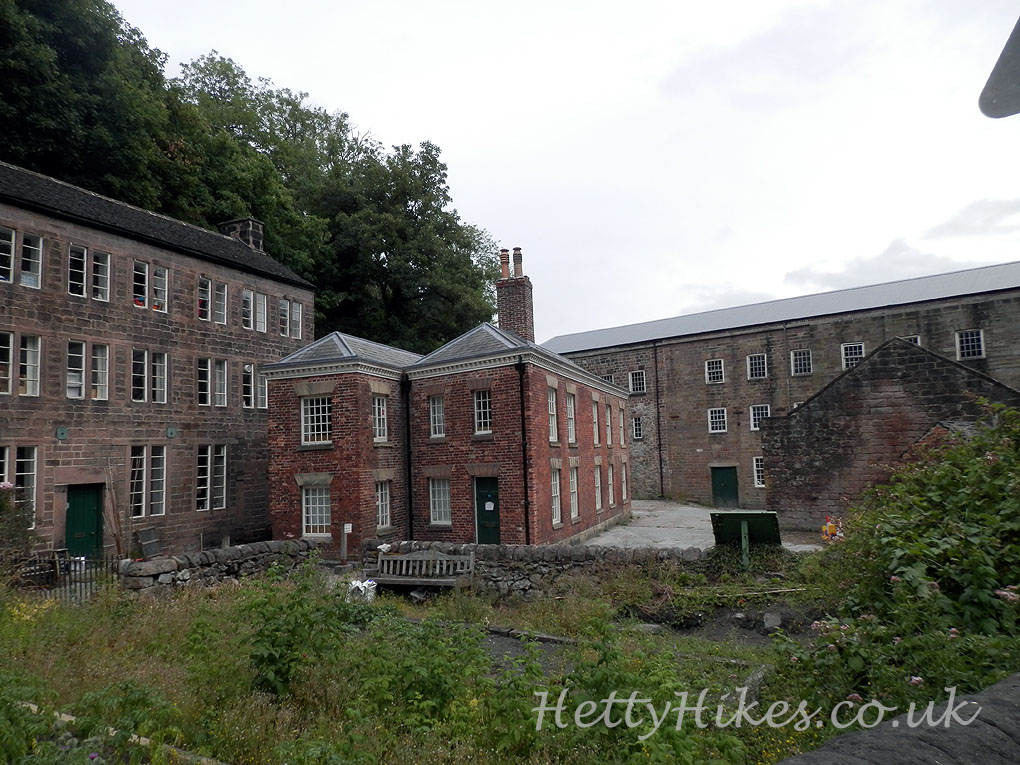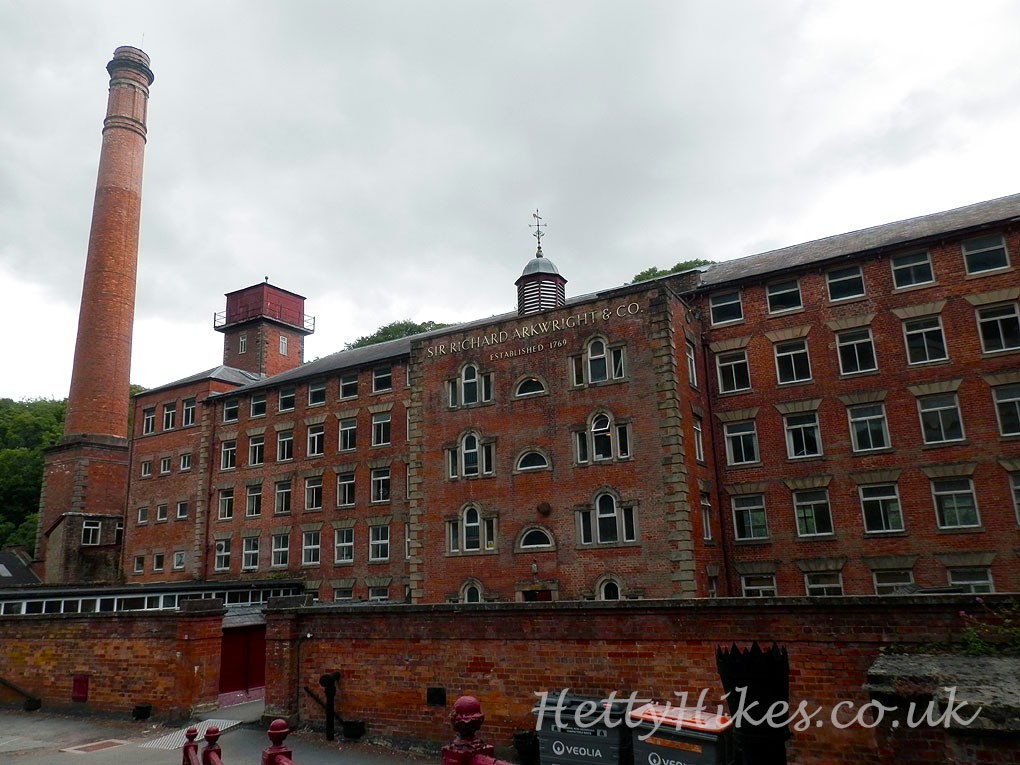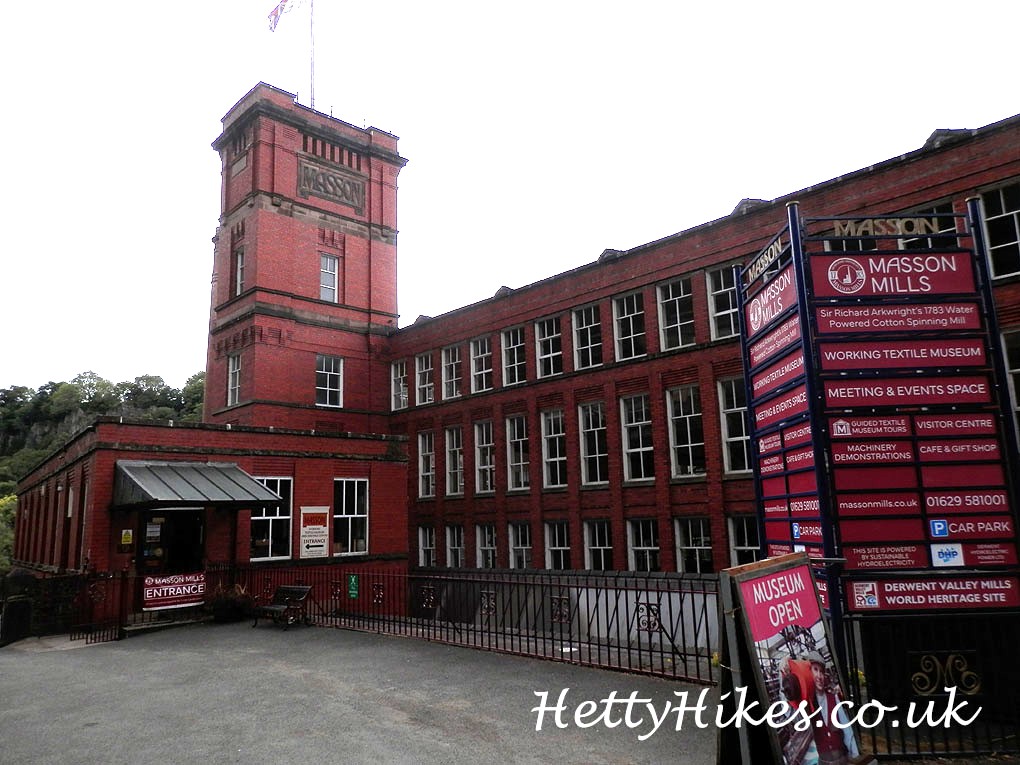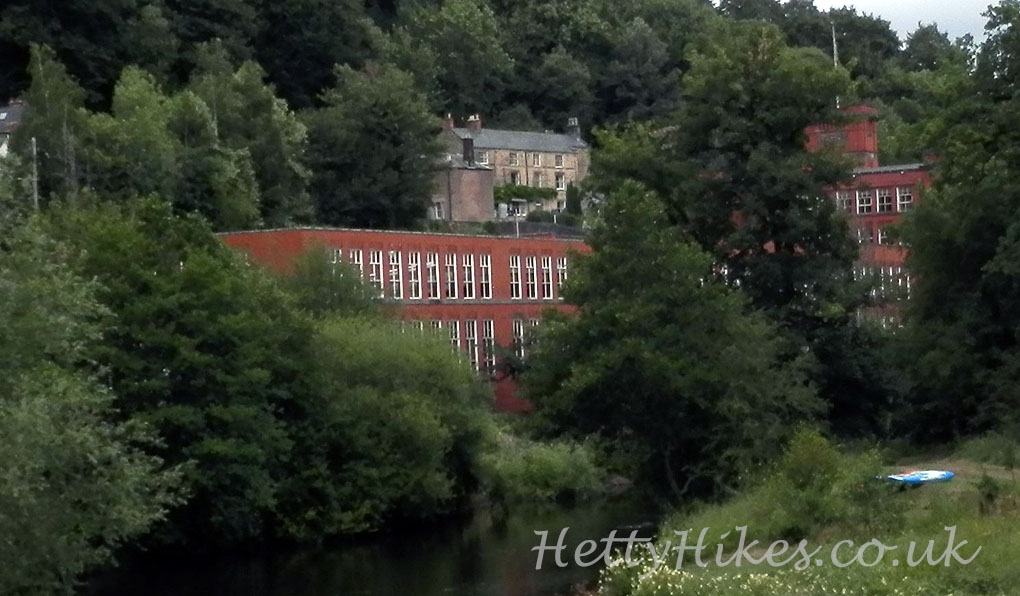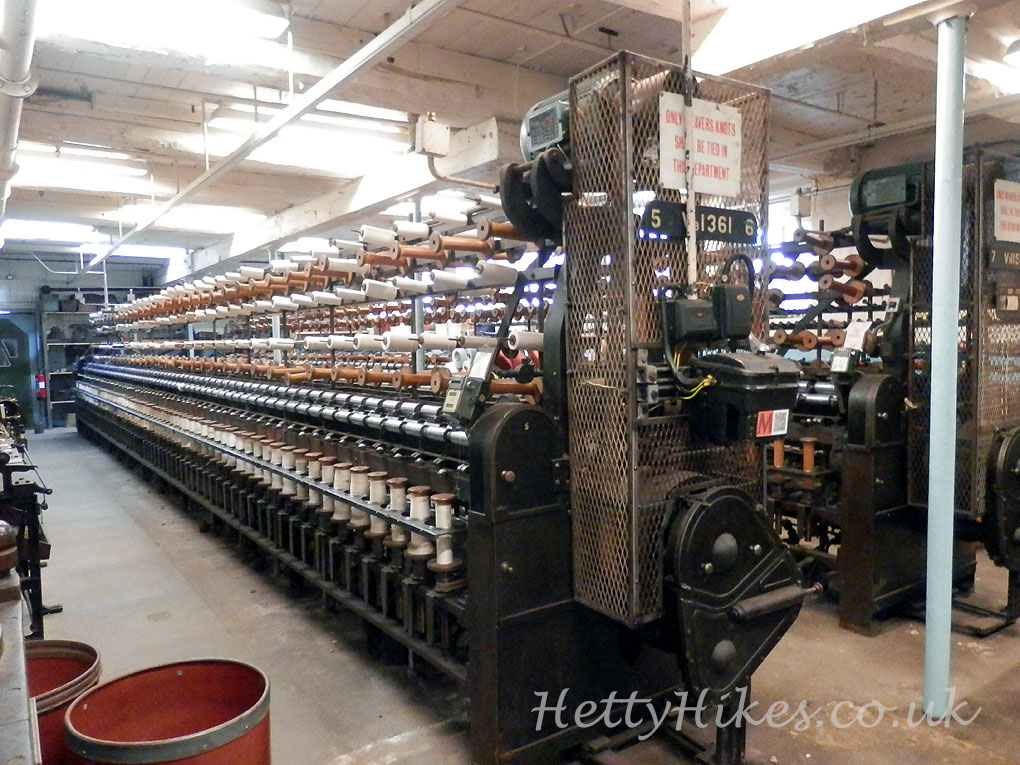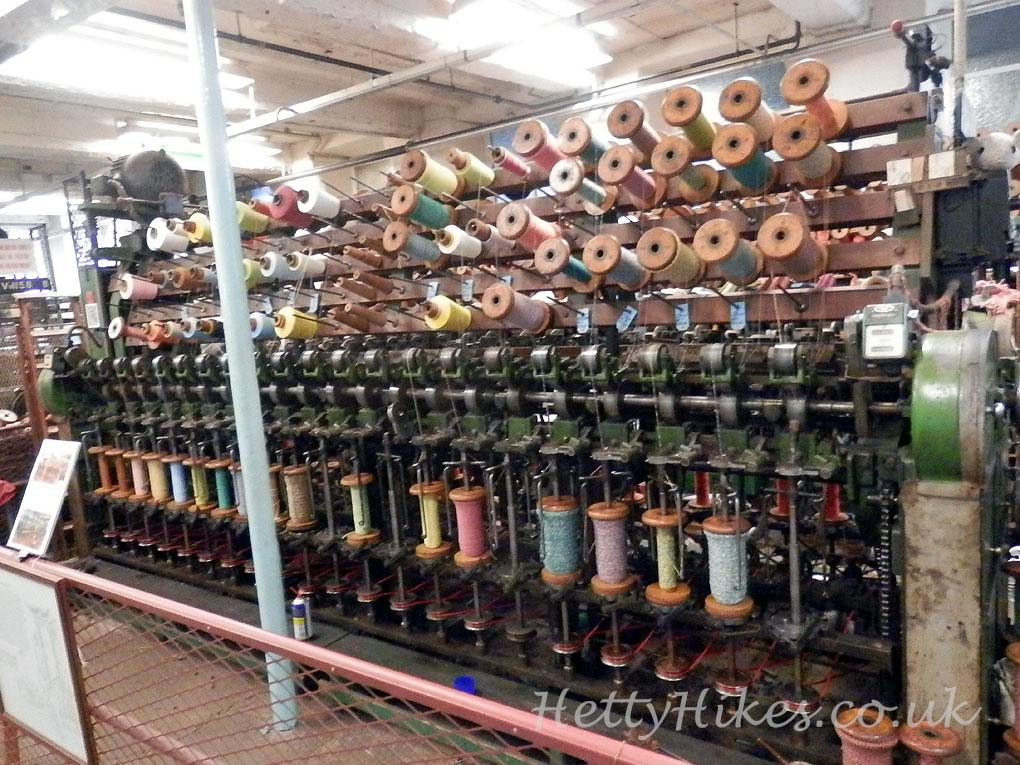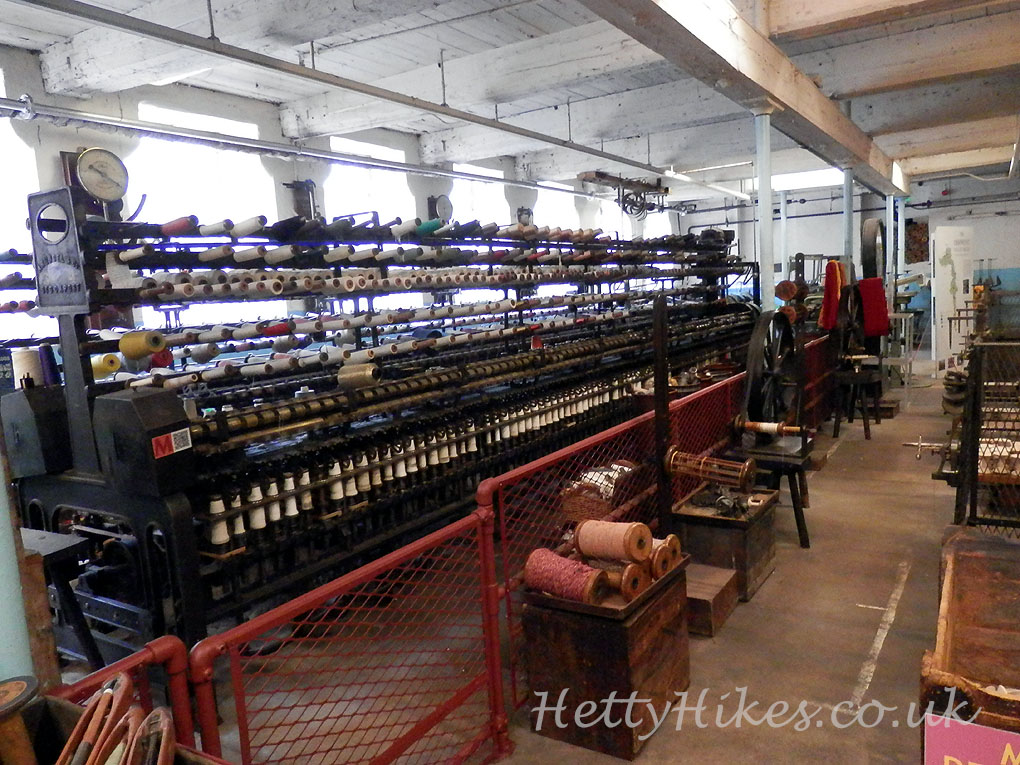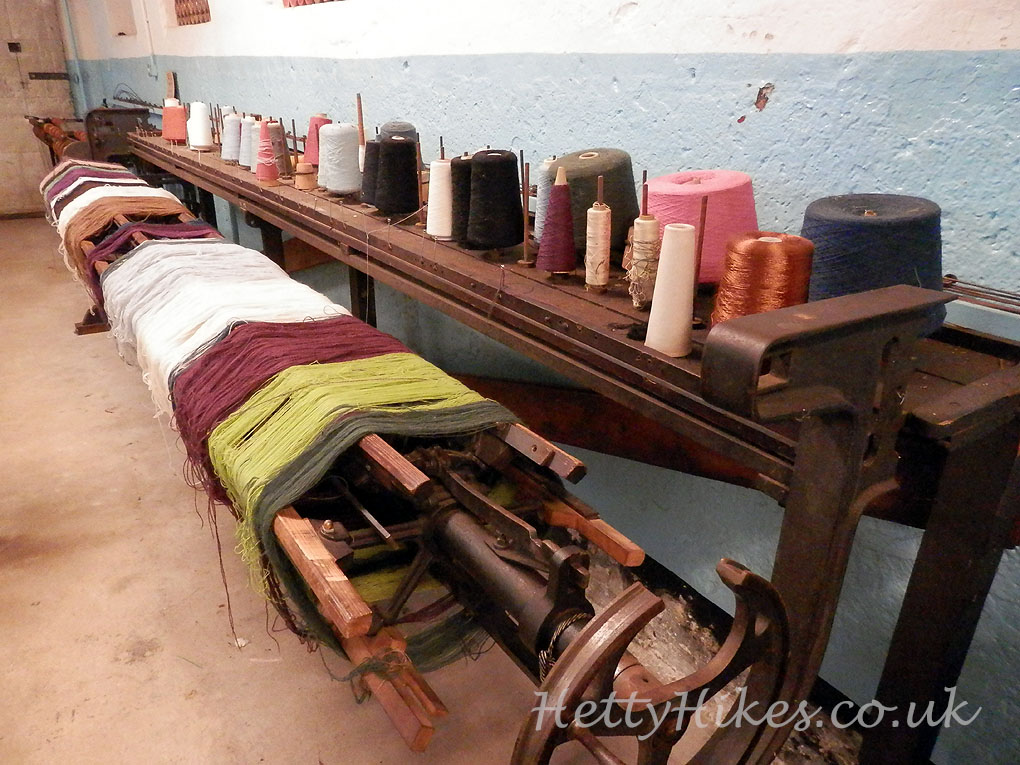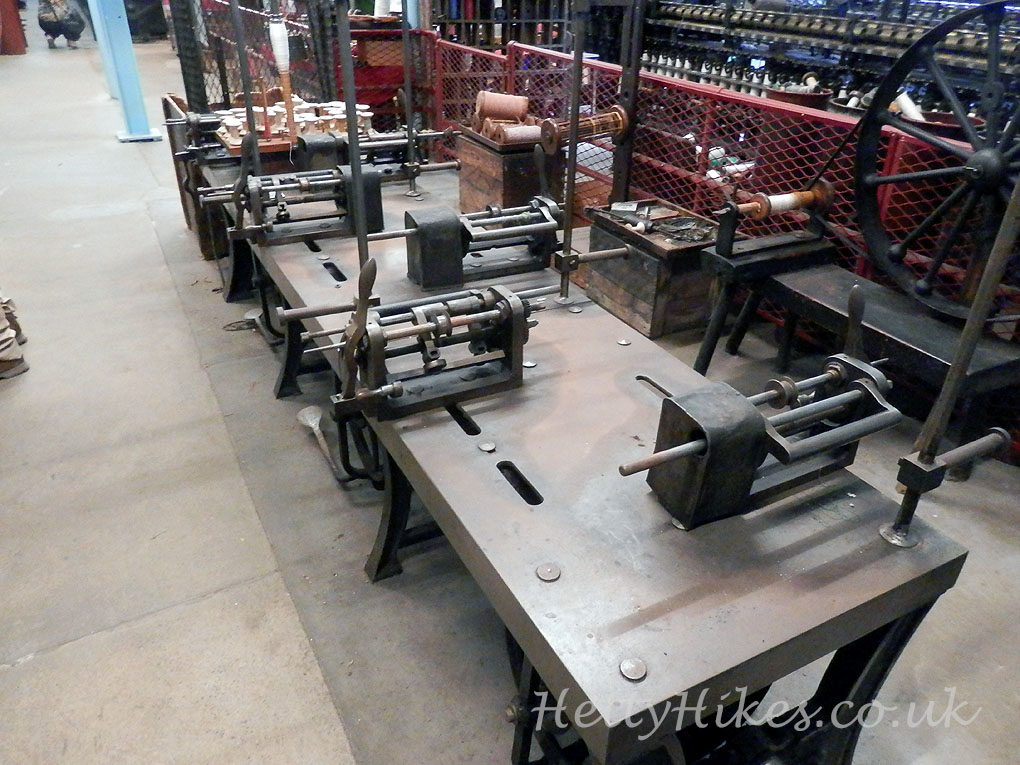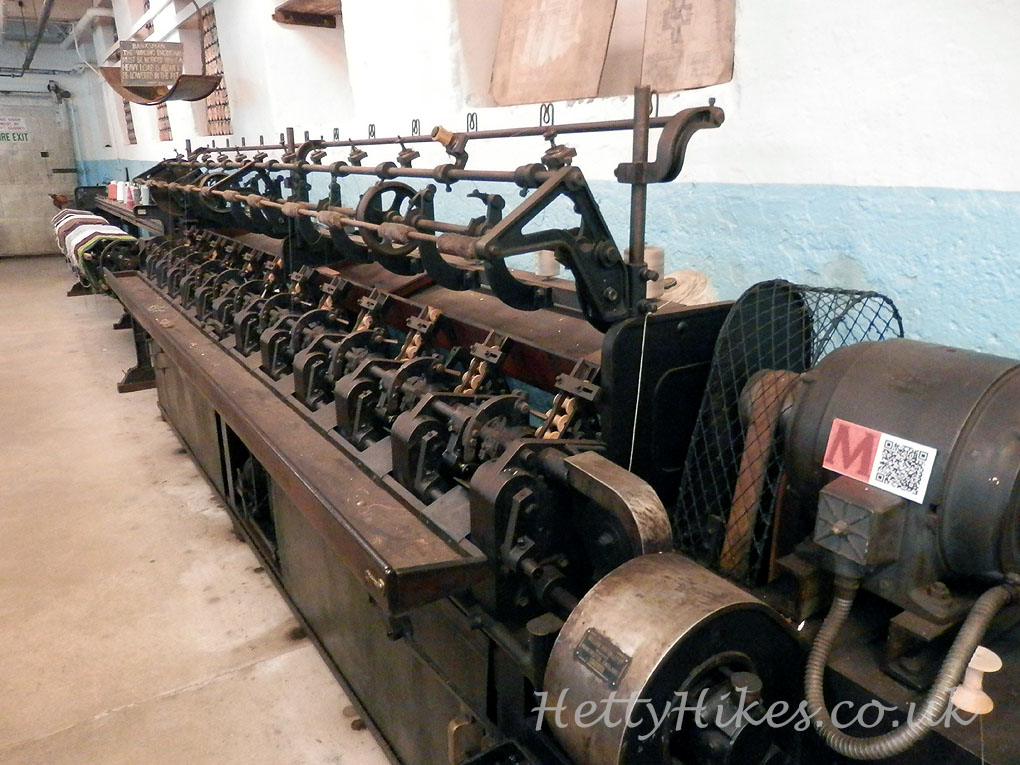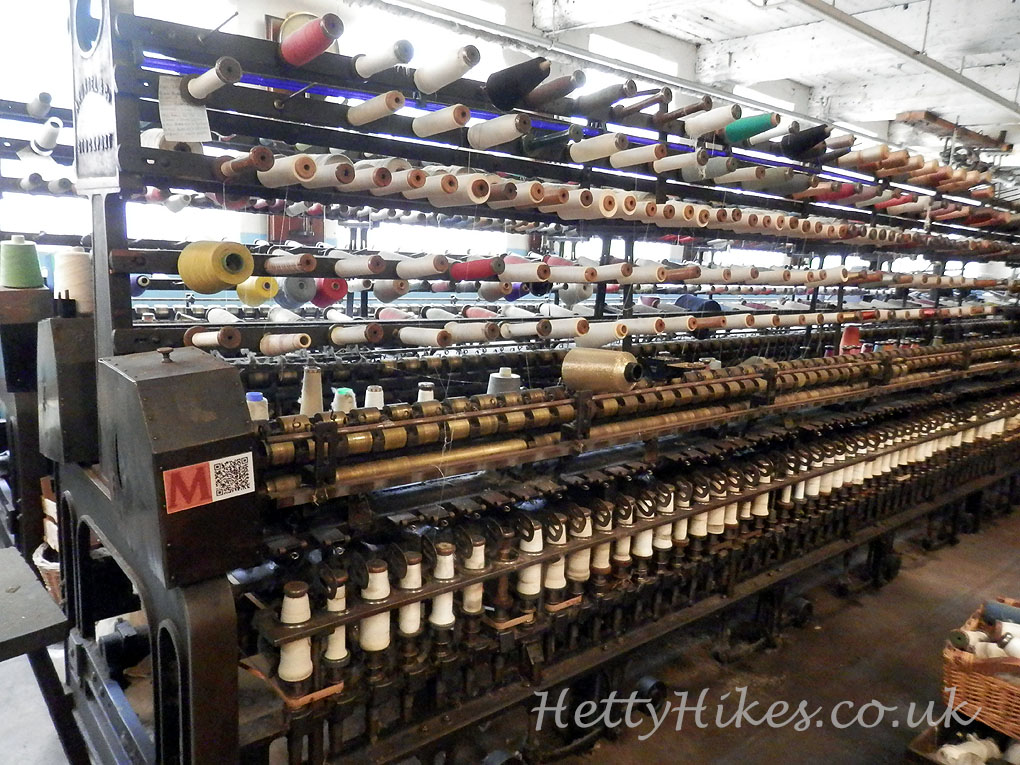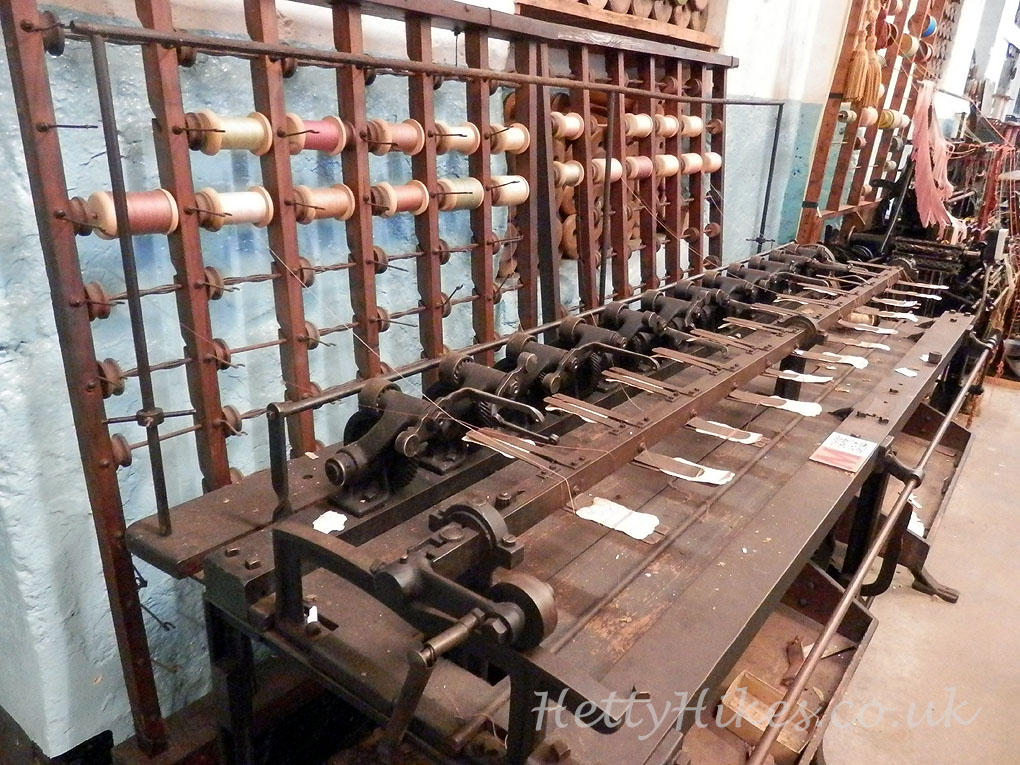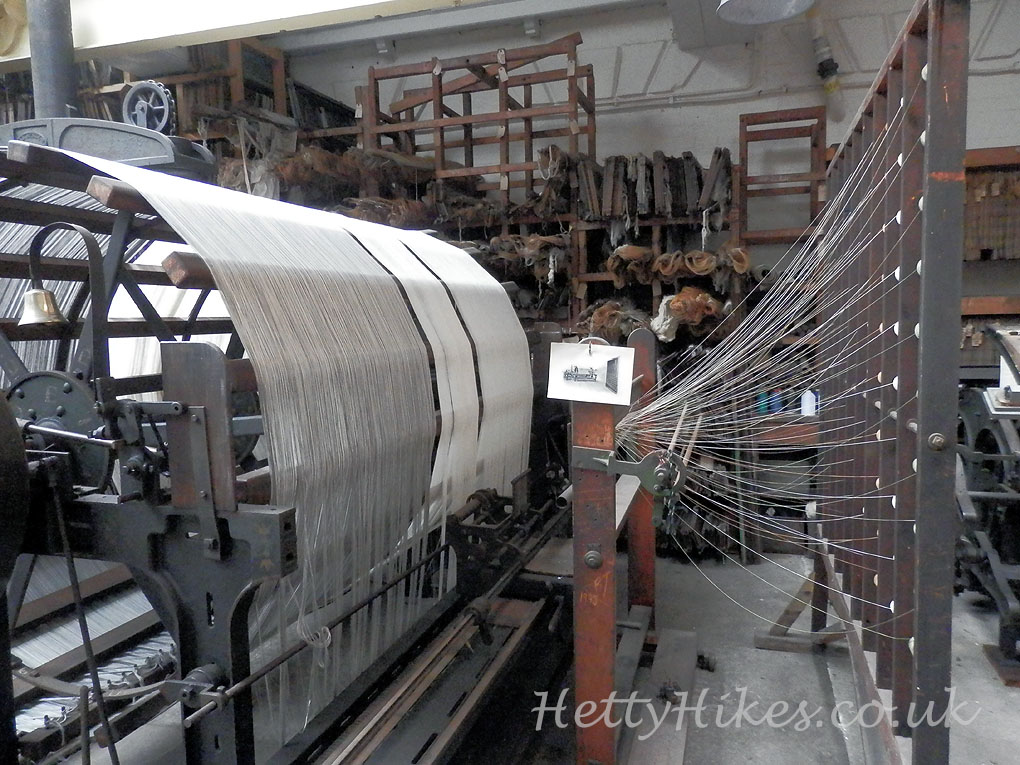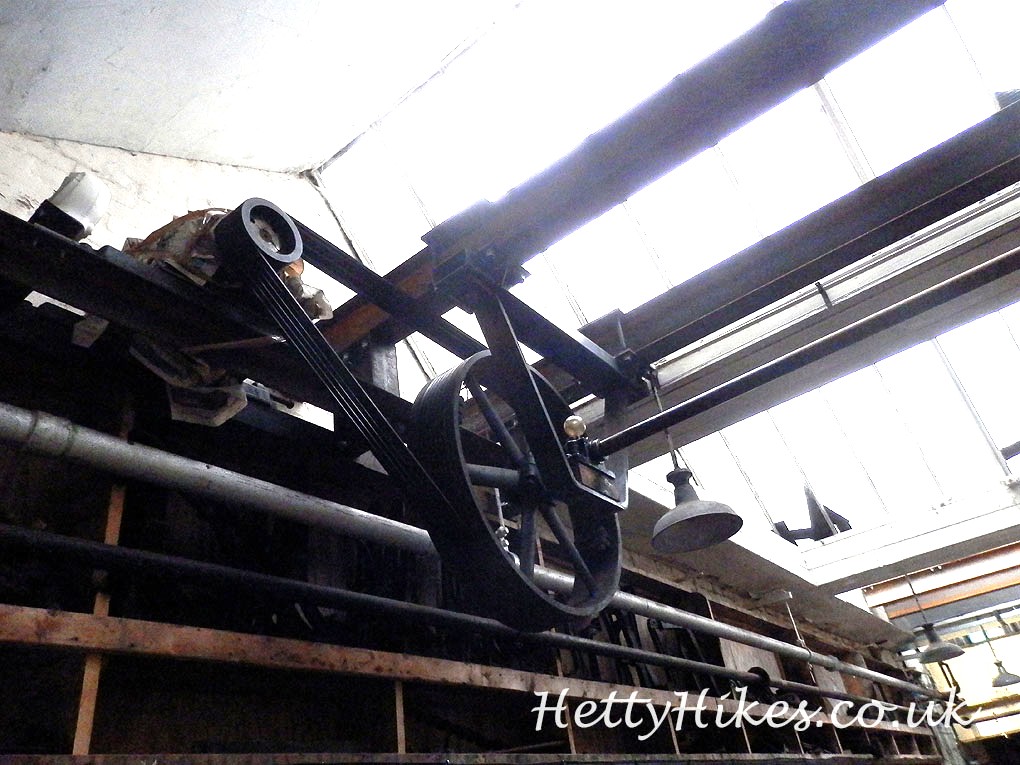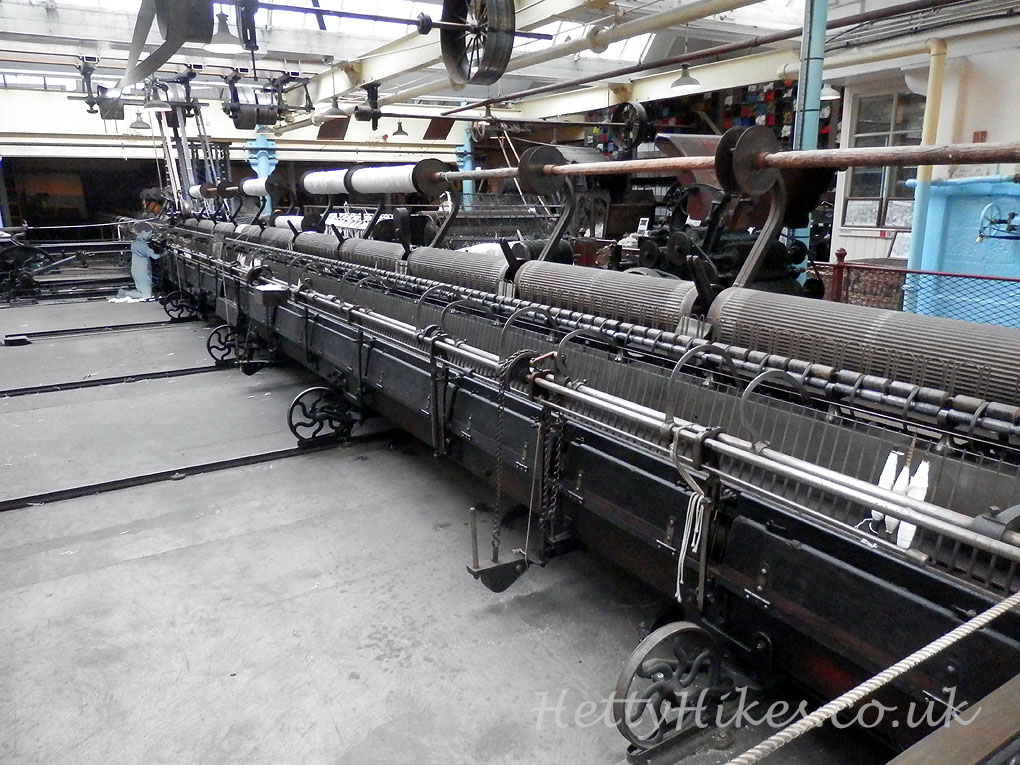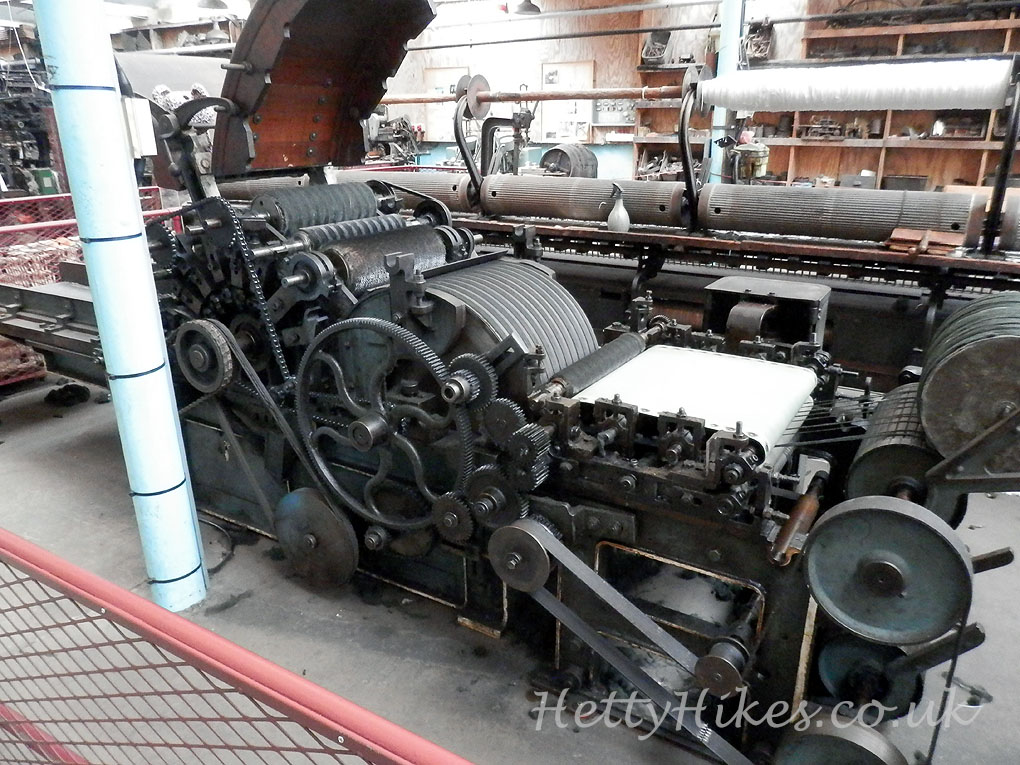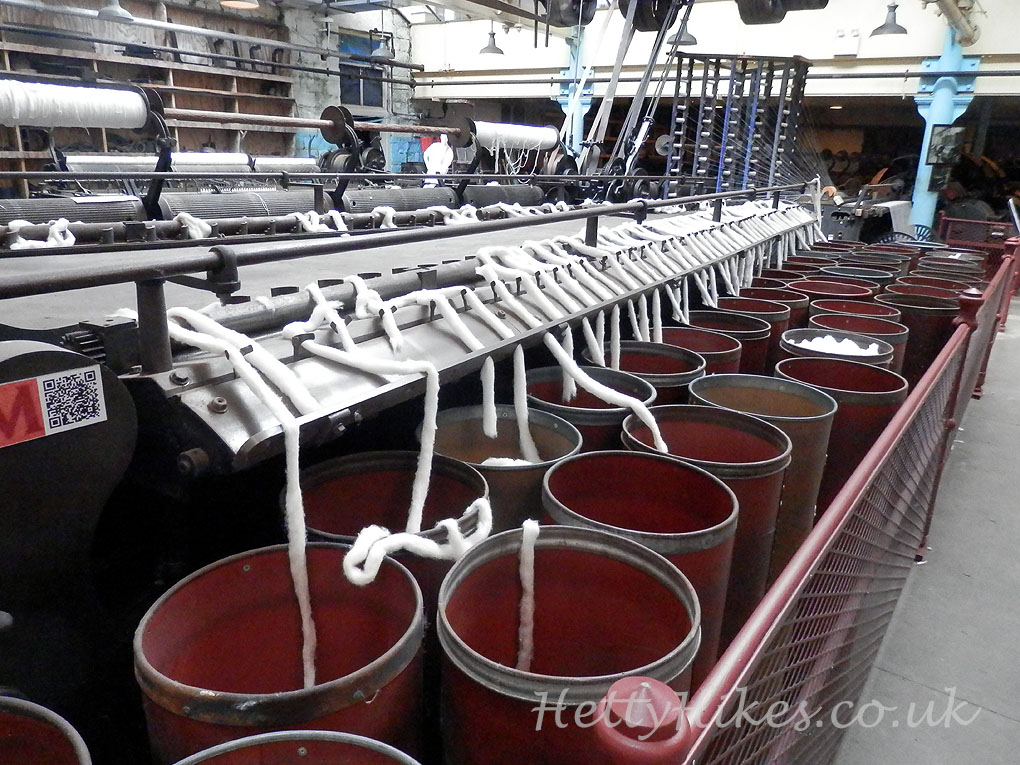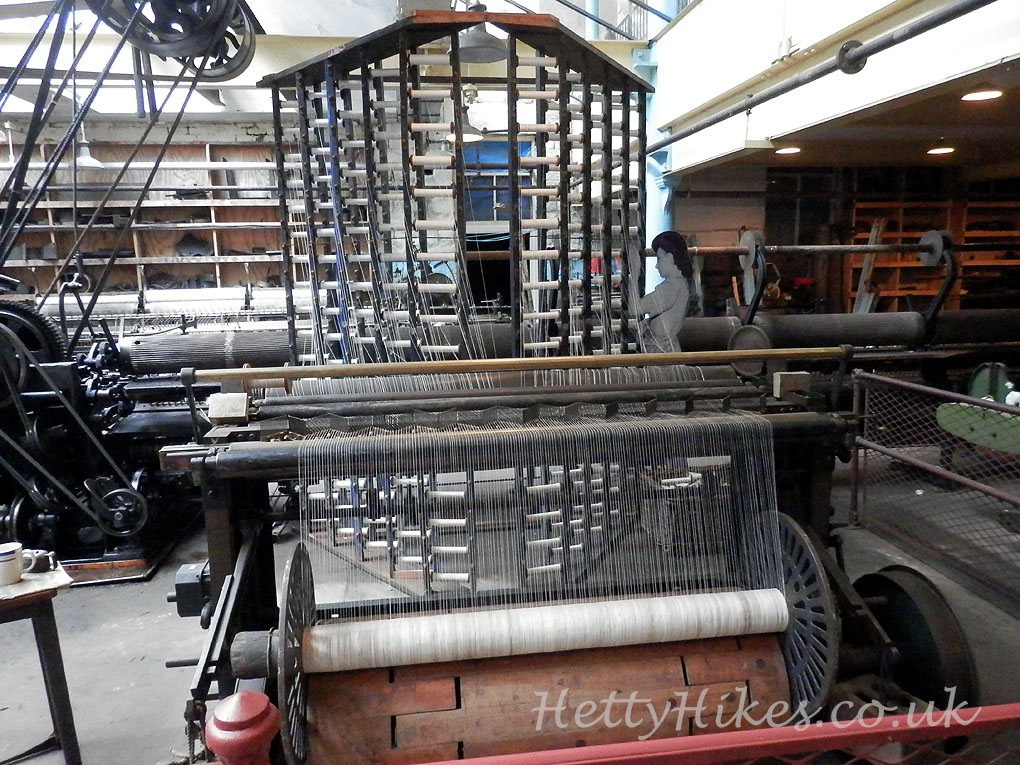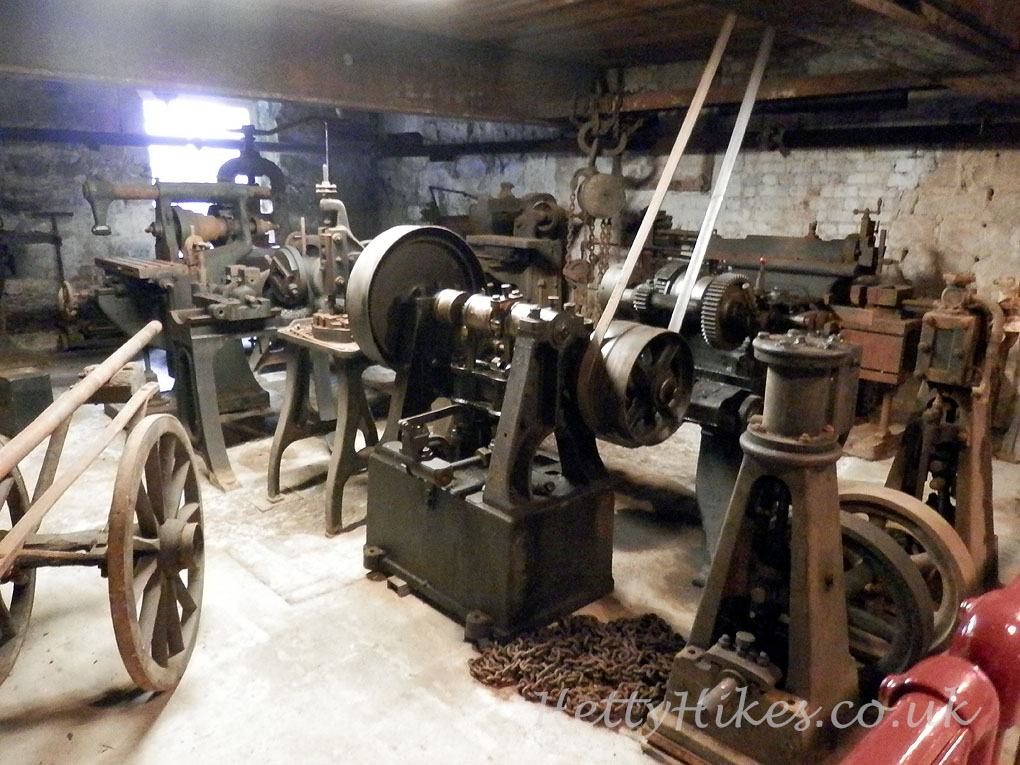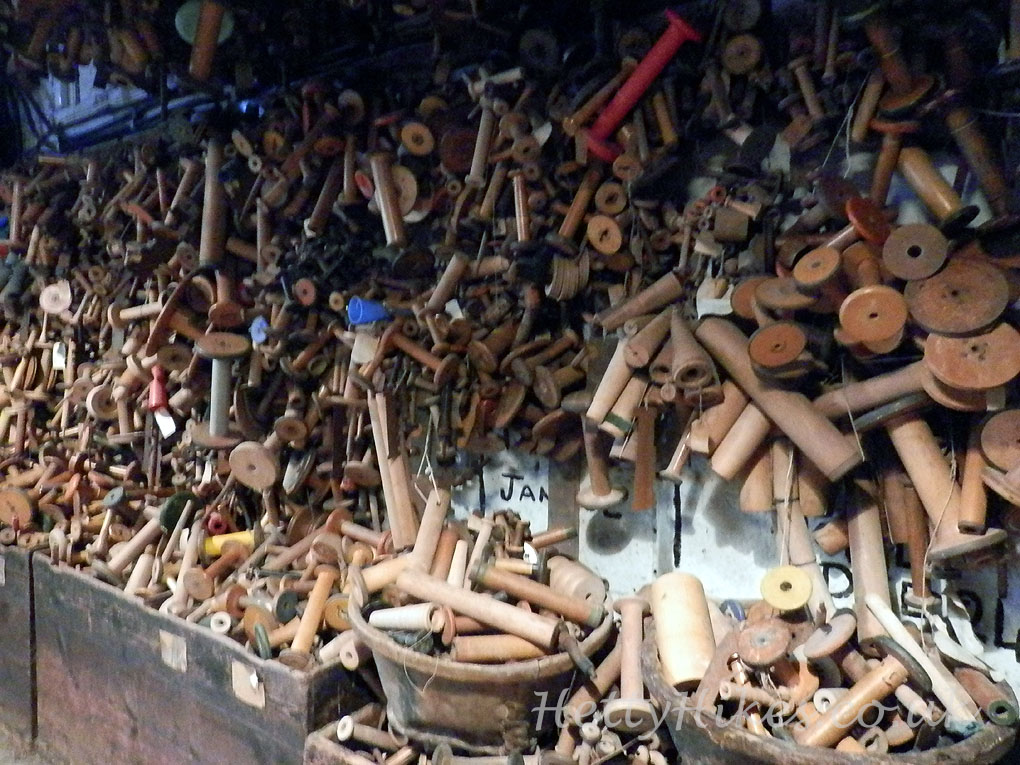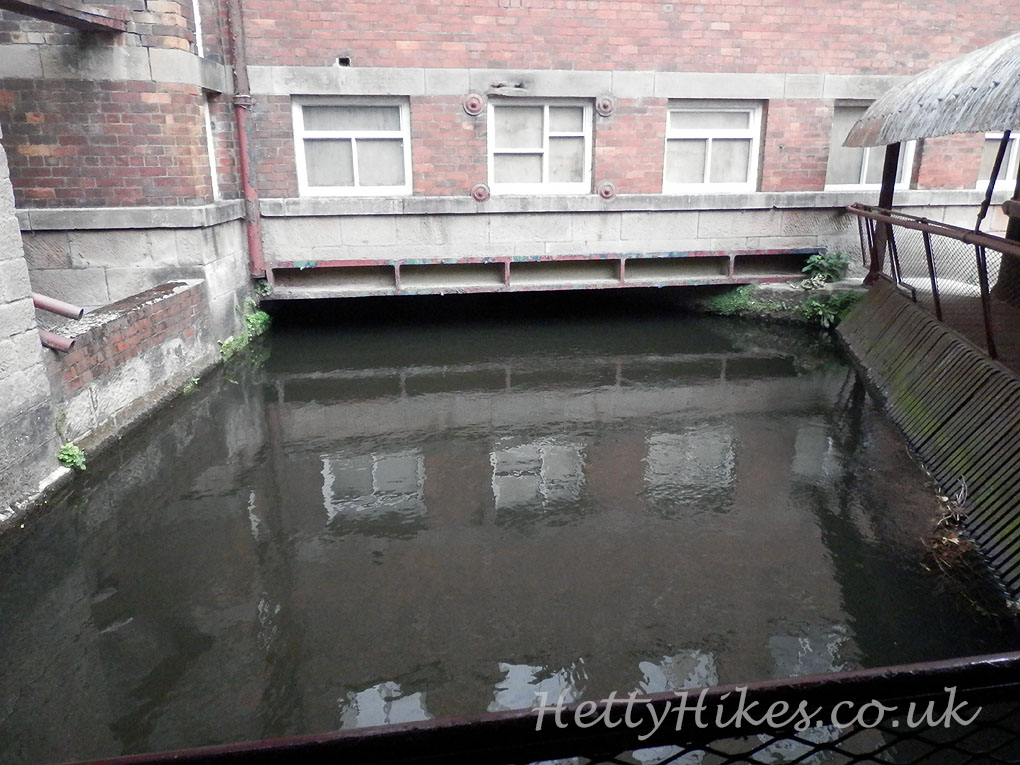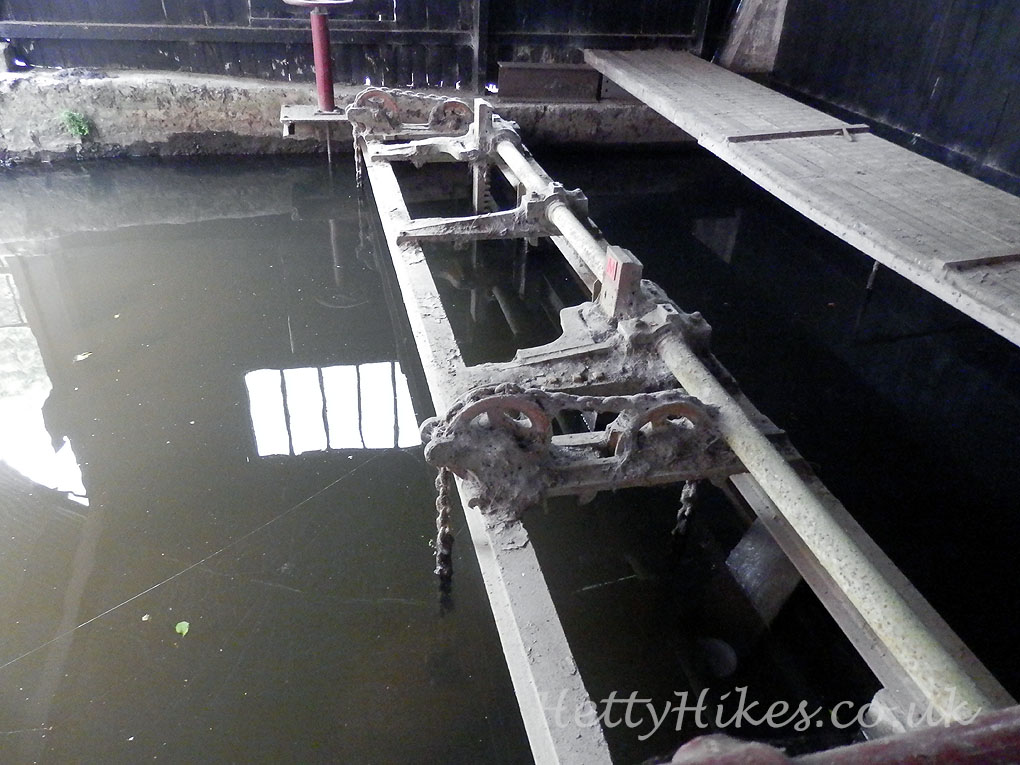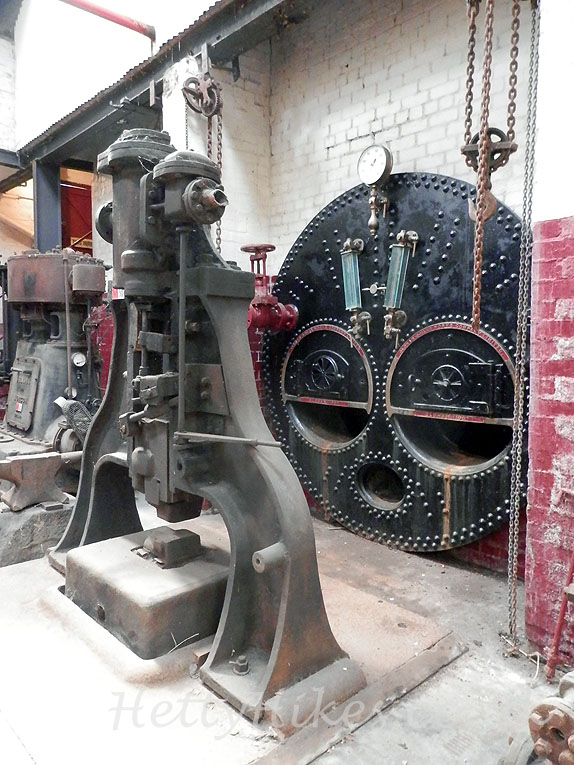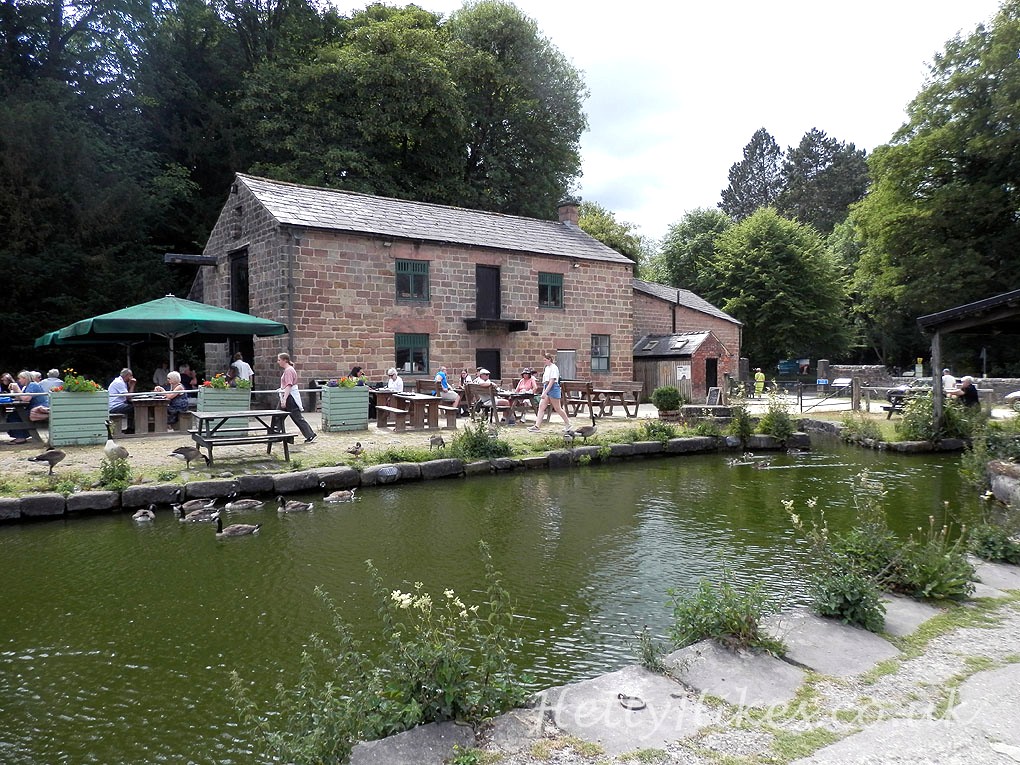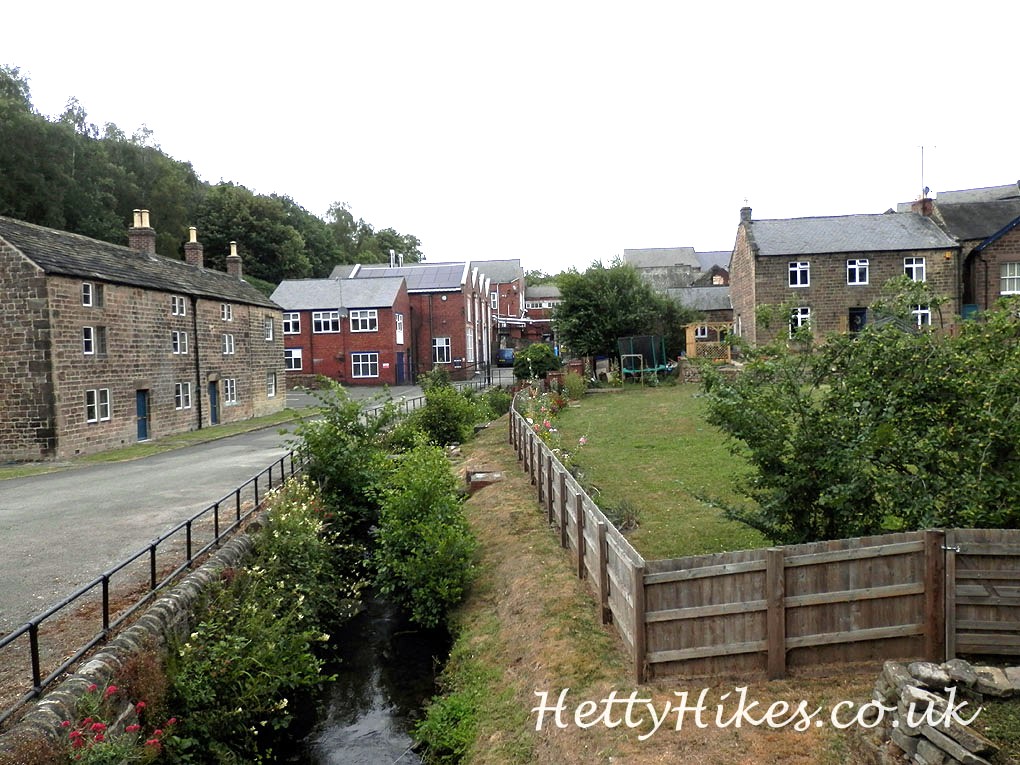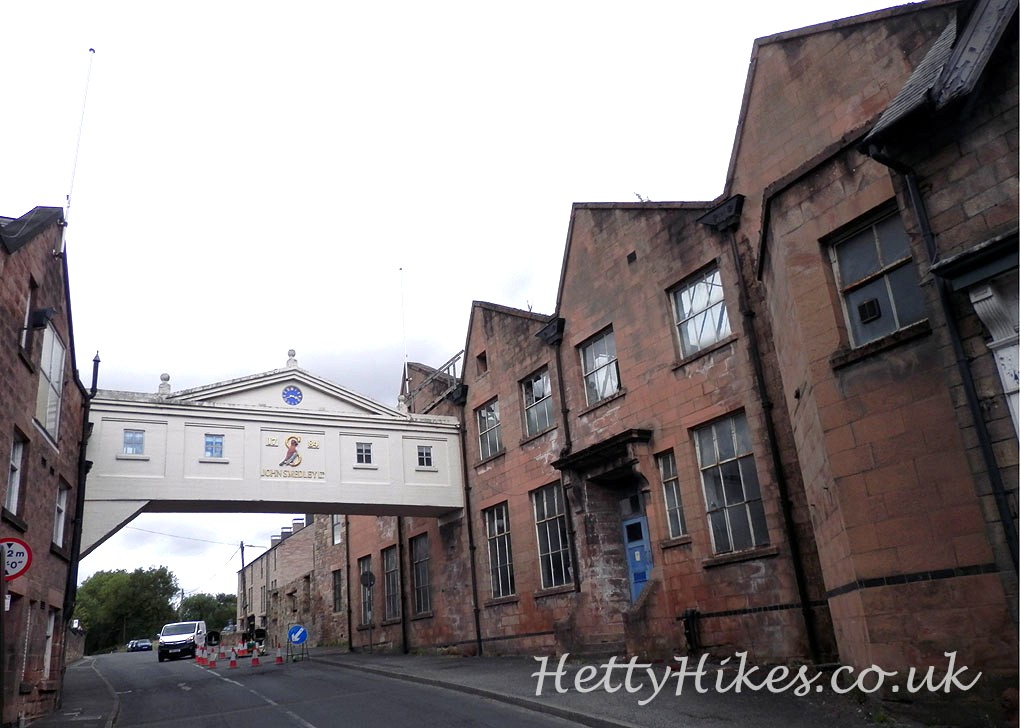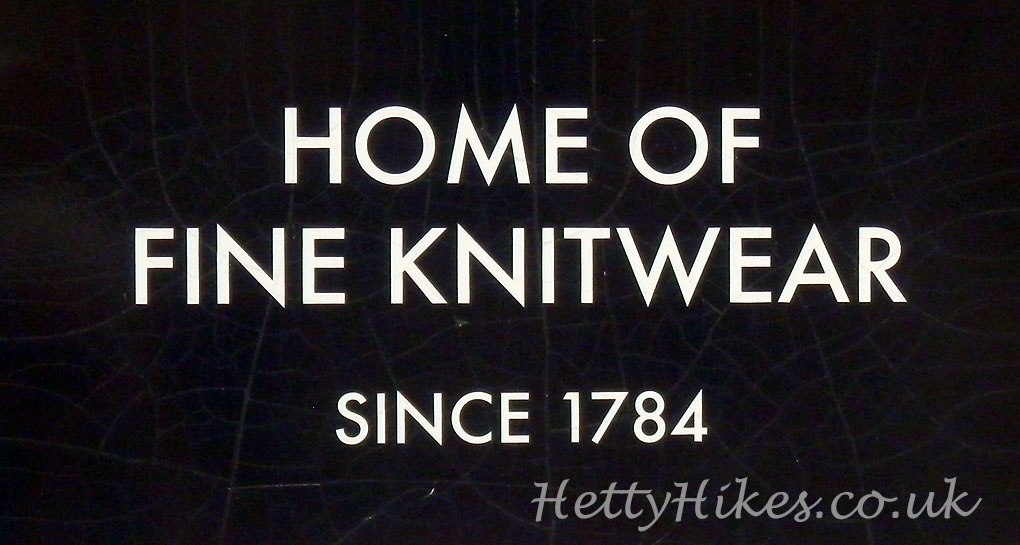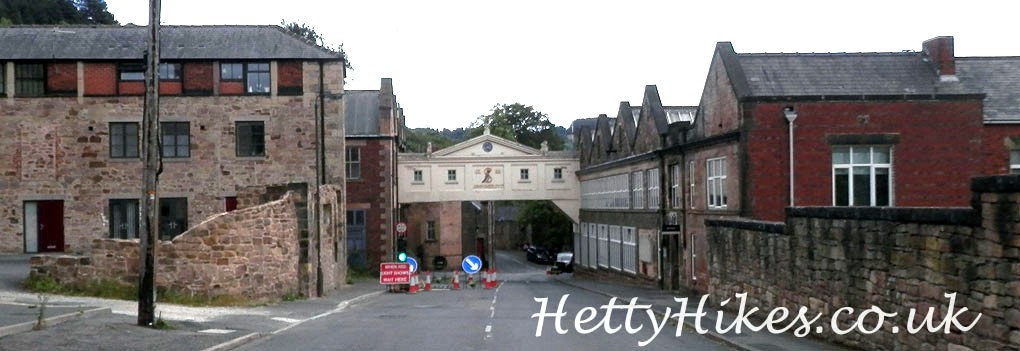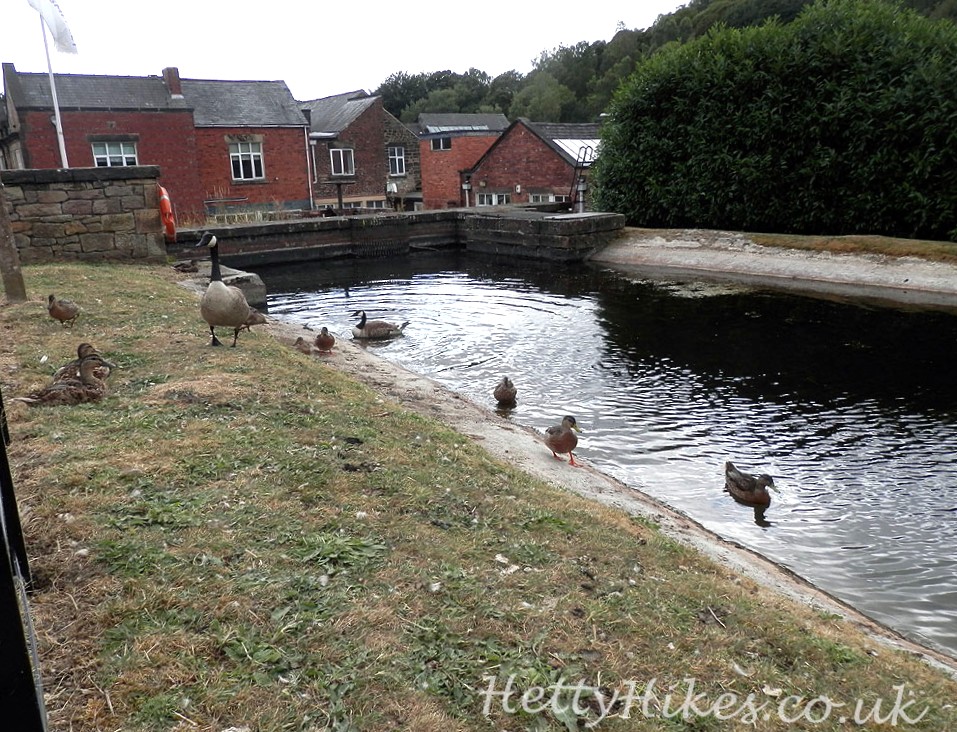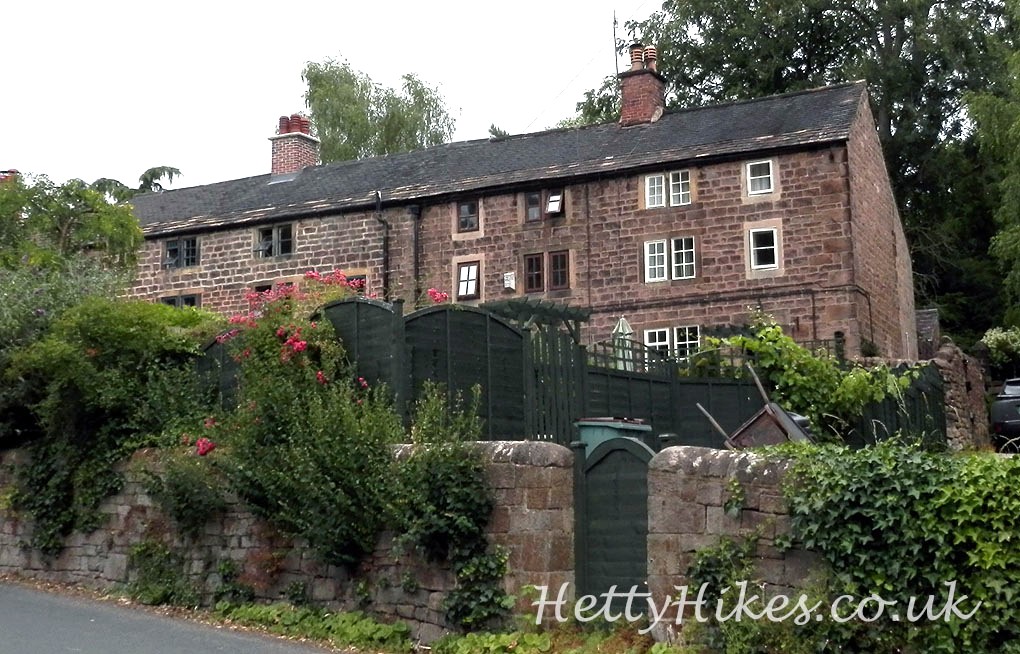Derbyshire All photos by Hetty
5th July 2025
Richard Arkwright built the world’s first water-powered cotton spinning mill here in 1771. This was after the hand powdered Spinning Jenny was invented in 1764 by James Hargreaves and later than a water-powered silk spinning mill at Derby in 1721.
Richard Arkwright started out as a wig maker. His original partner was John Kay, a clockmaker, and they invented the waterframe in 1769. Other partners were Jedediah Strutt [who built his own mills at Belper] and Samuel Need for finance backing.
Cromford was already an industrial village with lead smelting works using water power. Richard Arkwright built his mill here and also workers houses, a hotel and a church.
We started our walk by Arkwright’s Greyhound Hotel, 1778, with Cromford’s first public clock
A former cornmill [left] and another mill
Richard Arkwright II’s school
Arkwright’s houses for his workers 1776-7. Women and children worked in the spinning mill, while men were weavers at home [top floor weavers’ windows]. There must have been men at the mill as well – blacksmiths, carpenters, carriers, stable hands etc
More workers houses
Further up hill are earlier almshouses, built after 1662
Richard Arkwright’s house – Willersley Castle, but he died before it was finished
Arkwright’s church – changed in Victorian times
Manager’s house [left] opposite Cromford Mill
Richard Arkright’s first water-powered cotton spinning mill and the beginning of the factory system. The original mill is still there, but only 3-storey instead of 5.
More mill buildings were added
There is a museum with lots of equipment
Nearby are Arkwright’s Masson Mills – more cotton spinning mills. The centre part is the first mill here 1784.
It has lots of machinery
Cromford canal – built for Arkwright and opened in 1793 to connect Cromford to cities in the North and Midlands
Also nearby are Smedley Mills, established in 1784 by Peter Nightingale (relative of Florence) and John Smedley. There were soon making knitwear and still are today. John Smedley II built Riber Castle and his hydrotherapy at Matlock. When he died, a cousin from Stroud inherited the business.
Mill leat and workers cottages
Next : Haddon Hall and Bakewell

